Xiaomi Redmi Note 4G is one of the cheapest 4G LTE phone, and at INR 9,999, it’s pretty impressive device. Note 4G is a variant of Redmi Note device from the company, and houses a Snapdragon 400 chip inside in place of the MediaTek processor in use in its original non-4G model in order to add LTE support.
There aren’t many devices that get LTE for this cost, and with 2GB of RAM, Sure, the launch Micromax Yu Yureka — priced INR 1,000 lesser — has changed things, but Xiaomi doesn’t need to worry too much because it’s Note 4G is quite capable of handling all LTE device in this range for now, quite easily. Xiaomi knew it had to keep costs down, and it shows aesthetically, but there is much more to Redmi Note 4G than looks — which is catering quite well to the given budget-range audience.
We’ll soon find out how good outweighs the bad, and why so. Read on to know all about it.
BTW, Xiaomi has already kind-of relaunched the Note series. It recently launched a flagship killer in Mi Note Pro (packs in wishlist of spec-sheet) and its younger sibling Mi Note, that caters to below-the-top-range devices — yeah, no less a killer at that. So, just to be sure, please don’t confuse those two Mi Note devices with Redmi Note 4G, or its normal 3G variant, just to be sure.
Overview
|
the Good |
the Bad |
|
Amazing Battery Life |
Display resolution is disappointing |
|
Impressive Call Quality |
Fast 13MP camera, but very mediocre quality |
|
Very very reasonable price (INR 9,999 or $160) |
Feels and looks inferior, slippery plastic back takes the fun out |
|
LTE and 2GB RAM together |
Too large and bulky for many people |
|
Fine 5.7″ display, but.. |
Design
Xiaomi has gone for a very traditional but minimal design for the Redmi Note 4G. The slippery (and cheap) white plastic back reminds me of the Galaxy S – furthermore, the feel in hand of Note 4G is also similar to Galaxy S, only it’s quite large, very large actually — it measures 154 x 78.7 x 9.45mm. Yes, Redmi Note 4G is not slim and is a pretty hefty mobile phone, weighing in at 199 grams. And that’s enough to put off some prospective buyers. But because things are minimal, it still manages to look okay-ish at the back, while front of the device is something that you’ll definitely like, more so over time.
The all-black front has minimal distractions. The LED light (when it’s on) and the 3 capacitive RED buttons at the button are the only items that you’ll notice in an instant, as both camera and earpiece require tad bit of attention to notice. At the bottom of the Redmi Note 4G, you’ll find a USB 2.0 port, and a tiny dot representing the main mic. And there’s another mic at the top – which reduces the environment noise for better voice during calls – along with the 3.mm headphone jack to complete things at top.
The back, truth be told, is a very slippery one, and gets slightly visibly smudgy very easily. It houses four things: camera, LED flash, logo and the loudspeaker. We’d prefer Zenfone 5’s matte-finished plastic back over the one in use here anytime. And because Note 4G weighs as much as 199 grams, it becomes taxing sometimes to use this phone without a fear of dropping. Sure grab a case too if you plan to buy Redmi Note 4G. But btw, I never occurred to drop it, so maybe it’s not as harsh as it sounds or looks – unless I’ve become very good at using these devices, thanks in most parts to Samsung’s Note series maybe.
Anyway, the build isn’t premium at all, obviously — very much unlike the Mi3, whose plastic did feel and look good. If you’ve seen the black back of Galaxy S – the original S phone that started it all for Samsung – this is really a white color of that, maybe a little shinier – partly in thanks to the presence of very tiny glittering particles that are part of the back, and mostly because it is shinier.
The red capacitive button at the bottom of the display are really cool. I have come to like the design overall, except for the plastic feel which makes it look like what it is, a budget level device. So, while it’s not that bad, it isn’t encouraging either, and maybe easily forgive-able because specs matter more in this price range than the looks, actually. And if you manage to find a good back cover to replace the original one, things are pretty much solved. The volume buttons on the right side are pretty good — they’re easy and soft to press and their placement is inch-perfect. They are really handy — obviously not so much for those of you who are left-handed, you’ve our sympathy. You get volume rocker in middle of the upper half, while power button is just below with sufficient gap maintained between the two.
Design Score: 8.0
Hardware/Performance
2GB DDR3 RAM and 1.6GHz Qualcomm Snapdragon 400 MSM CPU along with Adreno 305 GPU run the show here. And they do get you a very smooth experience on Redmi Note 4G. It rarely lags or stutters – and that’s a big statement. Opening the apps is quick, just how you’d want, and switching between even the heavy apps or games is handled easily by Redmi Note 4G.
Btw, if you see the default MIUI launcher redraw itself, then don’t worry — it’s simply down to a simple tick of an option in settings, where you can allow the system to keep it in memory when RAM supplies are low. But, if you don’t do that, you will notice the launcher redrawing itself quite a few times a day. But don’t worry about it too much, as even the redraw is fast and smooth.
In my regular use, which sees over 30-35 apps installed from play store in addition to large no. of apps that come pre-installed on Redmi Note 4G, there was almost no lag or slow down, and the little bit of stutter I noticed when opening a folder on MIUI launcher was gone too on Nova launcher. I think any other launcher than Nova should do equally good, too.
Graphic intensive games like Dead Trigger 2, Asphalt 8 Airborne and Modern Combat 5 were played by the Redmi Note 4G alright, without any lag or so whatsoever.
Below are some benchmarks that prove that the pocket-friendly Xiaomi Note 4G is no slouch, even though it costs around $160 only.
|
Benchmark |
Xiaomi Redmi Note 4G |
Asus Zenfone 5 |
|
Vellamo 3.1 |
1863 |
1907 |
|
Vellamo 3.1 (Multicore) |
1064 |
978 |
|
Vellamo 3.1 (Metal) |
824 |
748 |
|
Quadrant 2.0 |
11232 |
8641 |
|
3DMark Ice Storm Unlimited |
4824 |
5788 |
|
Sunspider 1.0.2 |
1343 |
1252 |
|
CF-Bench |
18445 |
8870 |
|
AnTuTu 4 |
21561 |
22939 |
|
AnTuTu HTML 5 test |
5984 |
6154 |
|
Geekbench 3 (single core) |
428 |
469 |
|
Geekbench 3 (multi core) |
1406 |
1070 |
|
Basemark OS II |
176 |
437 |
|
Kraken 1.1 |
12952 |
12796 |
|
GFX 3.0 T-Rex 1080p offscreen |
324 |
661 |
|
GFX 3.0 T-Rex onscreen |
588 |
390 |
There you have it, the Redmi Note 4G is very comparable to Asus Zenfone 5, but there is one huge difference with CF Bench test — Redmi Note 4G scores more than double (18445 to 8870) over Asus Zenfone 5 in CF-Bench test.
Practically, having used both Zenfone 5 and Redmi Note 4G, I feel both devices are quite good in real world usage, and perform excellently. You don’t need to fret at all over their performance.
Accessories
Accessories for original Redmi Note 3G fit the Note 4G too, so there is no shortage of accessories as former is quite a popular phone already. Xiaomi itself provides power bank portable charger which can be used for devices other than its own, and you have a good variety to choose from when looking for a case, screen guard, flip cover, back cover, etc.
Wireless charging isn’t available for Redmi Note 4G, but there are some workaround wireless chargers available perhaps that may do the trick – but don’t count on it.
Hardware Score: 9.0
Software
Redmi Note 4G runs on Android 4.4 KitKat with the topping of MIUI 5, Xiaomi’s own custom skin. While MIUI was once our favorite – long back, in the good old days of Galaxy S, or pre-Ice Cream Sandwich era if you may – but now, it feels boring. Really. Even though it got themes!
That’s even though it has only improved since then and MIUI theming is still fun. Although, MIUI can actually turn out as blessing for those who are either first time users or have never played with custom ROMs in their life. Or haven’t used stock UI either, let alone the Lollipop update!
Because of the MIUI, overall UI of Redmi Note 4G looks very much outdated. It’s been so much tweaked, that there are no signs of Google’s version of KitKat UI-wise, except in rare cases, like when adding a gmail account.
But, MIUI still packs more than several punches when it comes to features. And I mean it. It easily eliminates the need – if there ever is – of many apps. Maybe 10 to 15 apps if you want a count from me. Moreover, the Redmi Note 4G supports OTG, so that’s extra storage for you if you have OTG cable and pendrive to go along.
Moreover, frequent-in-use apps like Dialer, Camera, Clock, Calendar, Gallery, Browser, File manager etc. are quite minimal, practical and help you get the job done with ease – and that’s a very good thing, especially if you’ve used Galaxy S5’s dialer app, which still doesn’t allow you to swipe between tabs, and requires you to tap on the tab at the top even when screen size has grown by large measure now. Let’s not talk about the scene this tap-on-tab UI creates on Note 4!
Um, just wanted to share this because we’re talking UI: you’re going to love the little effect Xiaomi has used for Clock app’s orange second hand (under Clock tab) for its every move in the circle. Beauty!
While there are many Mi features that impress a lot, we’ve listed the coolest ones below:
- Themes: Open the themes app, and indulge in the fun of customization which cannot get any easier than available in MIUI theme store, and with this much variety. Theme consists of Icon pack, wallpapers (even changes apps’ background), ringtones, etc. stuff. This is many a times single most feature that users want MIUI custom ROM for – and it’s quite deserving too.
- Call recording: When in-call, a simple tap on Record button will start the recording. Recording quality wasn’t that good, btw, but it might do the job.
- Guest Mode: Allows you to hide call logs, pictures and videos, SMS and launcher settings when this mode is on. Really helpful when you need to hand over the phone to someone you didn’t want to but couldn’t avoid.
- Permission Management: Allows you to deny an app a permission that you don’t want that app to have, which is incredible. Don’t want an app to access camera, it’s possible without any help from Play Store.
- Backup Apps and Data: If you used to root your device for the sole purpose of backing up apps with data, you’ve got that now in settings in MIUI – say goodbye to Titanium Backup! Moreover, it can also backup all of your customization on the Redmi Note 4G: Wallpapers, Contacts, Camera settings, Weather (with data), Call log, Messages, Wi-Fi and Alarm settings, DND, Notes, etc. Even a backup of your Google and Mi accounts is possible. One-stop solution to backup? Yessir!
- Manage Notifications: Under App Info, you can decide whether an app can show up or not in notification bar, notification shade (when you’ve pulled the bar, that is), or both.
- Do Not Disturb mode: You probably already know it, it silences out the calls and notification when it’s On, and you can specify timings and exceptions as you’d want.
- Mi Cloud: Gets you 5GB online storage at Xiaomi’s servers, to save photos and files, and also back up your call log, SMSes, call recordings, etc.
- Buttons customization: Decide what long press on the 3 capacitive buttons does. Sadly no option available to take a screenshot, which is bad miss (ZenUi of the Zenfone 5 had it, and I loved how much easy it became snapping a screenshot on that phone!). show ‘Recent apps’ tray is what I chose for the Home button, launch ‘Google Now’ for options button while close ‘Current app’ for the back button. You can enable a very nifty feature here, which allows you to simply hold the back key to take a snap, when at lockscreen. It doesn’t work when display is off, and keep holding the back key till a snap has been clicked.
- Restrict Data Usage: MIUI takes data usage settings to another level, allowing you check out which app used how much data (mobile internet and Wi-Fi) for the day (Today), Yesterday and This month. You can decide whether you want the app to use mobile internet, Wi-Fi or background data at all. It cannot get better than this, of course!
But it isn’t perfect features-wise either, as you’ll find several tweaks in MIUI that leaves a much bitter taste. Here are some:
- You cannot move apps to SDcard. Well, because system reads the external SDcard and internal storage as same, and combines them together. Apps dedicated to this very purpose of moving the data of your apps to SDcard don’t work either.
- You have to manually tweak the setting to get apps like Screen Filter, Swipepad, Sift, etc. which is really frustrating. After installing any Swipepad like multitasker app, or a screen filter like dimmer app, you gotta go to Settings – Apps, tap the app, and check the option Enable Floating Windows for that app to get the app working. You will not like it!
Overall, while I simply admire the MIUI when it comes to features, I kind of just hate it for its UI, mostly because of: rounded corners at the top of each screen, full-width pop-ups and option menu that are pushed to bottom of the screen, heavy use of shadows for buttons that are still oval-shaped, and then some other non-flat elements which make the UI look and feel exactly the opposite of Lollipop.
Oh, and the notification shade can surely only become more pleasing to the eye, including the UI of an individual notification. And while we’re talking notification shade, swiping to the left to bring up toggles screen works pretty good, even though it’s quite old now.
If you’ve used stock Android UI, it can be challenging to live with MIUI, which in my humble opinion, Xiaomi is in dire need of updating to material design effect, taking as much encouragement from Lollipop as the need be. But be assured as regards features, because Redmi Note 4G has that in plentiful, and useful ones at that, unlike let’s say Samsung Galaxy S5’s TouchWiz UI.
I like the ZenUI in Asus Zenfone 5, which is far ahead in looks compared to MIUI because of minimal customization, while it’s ahead of MIUI in features too, despite MIUI already a killer in this arena. So, that’s a big plus for Zenfones. Zenfone 2 with new ZenUI is really a thing to watch out for!
Lollipop Update?
Well, it’s expected to arrive for Note 4G after Mi3 gets it, but there is no date you can mark on your calendar just yet. Taking note of MIUI’s current state – that old-ish UI we talked about above – and massive design changes that Lollipop update is based on, it will take Xiaomi good deal of time to base its next version, MIUI 6, on Android 5.0.
Btw, Redmi Note 4G is well capable of running the Lollipop update, so there is no dispute about compatibility — it’s just the wait-game, which is not everyone’s strong suit.
Software Score: 7.0
Display
5.5” IPS display on Redmi Note 4G is a fine piece of glass, but its resolution of 720p (1280 x 720 pixels) is average at best, with PPI of around 267 – far from retina display’s 326 pixels.
Which basically means that if you try, you can easily spot pixels on Redmi Note 4G. Not only that, if you have used a higher PPI display, you’ll not miss the fact that things are oddly big on Redmi Note 4G. Display isn’t that crisp naturally, but it’s not very disappointing either given the price. A Full HD display (1080p) would have sealed the deal, but sadly that’s not the case.
It’s touch is as good as you’d expect, and playing games, watching movies or simply browsing through a gallery on this display is great thanks to the IPS panel in use. It’s not overly saturated like AMOLED display, and MIUI even allows you to control the color temperature and saturation, thus you can adjust your display as per your need on the fly.
Redmi Note 4G is quite usable under direct sunlight – it’s screen is bright enough, and while the glass is a bit more reflective than our liking, it’s not a deal breaker at all. We compared it to G3’s fine display, and while visibility was almost same, extra reflection on Note 4G was obvious – almost same as that on Zenfone 5.
About Redmi Note 4G Gorilla Glass protection, well, it’s not there, and surprisingly, nor any other protection. It’s absurd because the original Redmi Note had that. I would suggest you to buy a tampered glass protective layer or/and a case to protect your Redmi Note 4G.
Display Score: 7.0
Call Experience
Before starting to use Redmi Note 4G, I was using Galaxy S5 which has superior in-call quality. And the thing is, well, I experienced a very slight drop in the experience I was getting on Galaxy S5, while I didn’t face any issue whatsoever during call – voice was pretty clear and crisp for me, and it was same for the person at the other end, too. So, yes, thumbs-up! The Redmi Note 4G comes with dual mic for noise cancellation during call, and we figure it works exactly how it should, cancelling the environment noise so that user’s voice is more clear at the other end.
The loudspeaker does its job well, and it’s pretty loud one by the way. Having a conversation over loudspeaker is smooth and feels good, leaving you with a feeling to use it again. Having used Zenfone 5, whose loudspeaker was clear but not-at-all loud enough, I felt at home with Redmi Note 4G.
You can talk for ages on this phone, not just because it’s got that massive battery to support longest of the convos you’ll have, but also because it’s design helps. Rounded sides on the front makes the Redmi Note 4G friendliest to ears. If you’ve used a Xperia Z, you’d know how much painful it is to talk on a phone with its sharp-ish sides rising a tad bit (0.5mm or even less) above the front. That Galaxy S like design helps here.
Call Experience Score: 9.0
Camera
Redmi Note 4G houses a 13MP shooter at the back, with typical aperture of f/2.2, and a single LED flash for help with low-light photography. On the front, it’s got a 5MP shooter with wide-angle 88mm lens that should help you cover all your friends in a group selfie.
13MP camera may sound good but it isn’t very ambitious one. While it’s pretty snappy – Xiaomi’s claim of zero shutter lag isn’t misleading at all – and is easier to work with, the quality of the sensor reminds you that Redmi Note 4G is not a flagship phone, however good it otherwise is.
That’s not to say the camera is a poor one. Not at all. It takes decent shot for sure in well lit environment, but they’re better suited to social sharing than a place in your elite photography collection. Xiaomi has thrown in some decent filters too — so that you don’t find them missing — but there is not a galore of options here, which is not bad actually.
Low-light mode goes by the name of HHT (HandHeld Twilight), while, you can also shoot with-audio photo. Other options in settings include HDR, Panorama (no Photosphere here!) and lastly, filters, that lets you choose from around 14 effects.
Below are some shots I took from the Note 4G. And some comparison with Asus Zenfone 5 and the Galaxy S5 – the latter has been used for comparison only for the sake of comparison of what you got versus almost maximum you could expect from a mobile phone.
Gallery of Sample Pics
Below is the re-sized version — both in resolution and storage — of the shots I took from Xiaomi Redmi Note 4G. So, yes, they are not 100% original and true, technically. So, I’ve uploaded them all in one zip file here, 100% original and untouched.
Download Original Camera Samples here
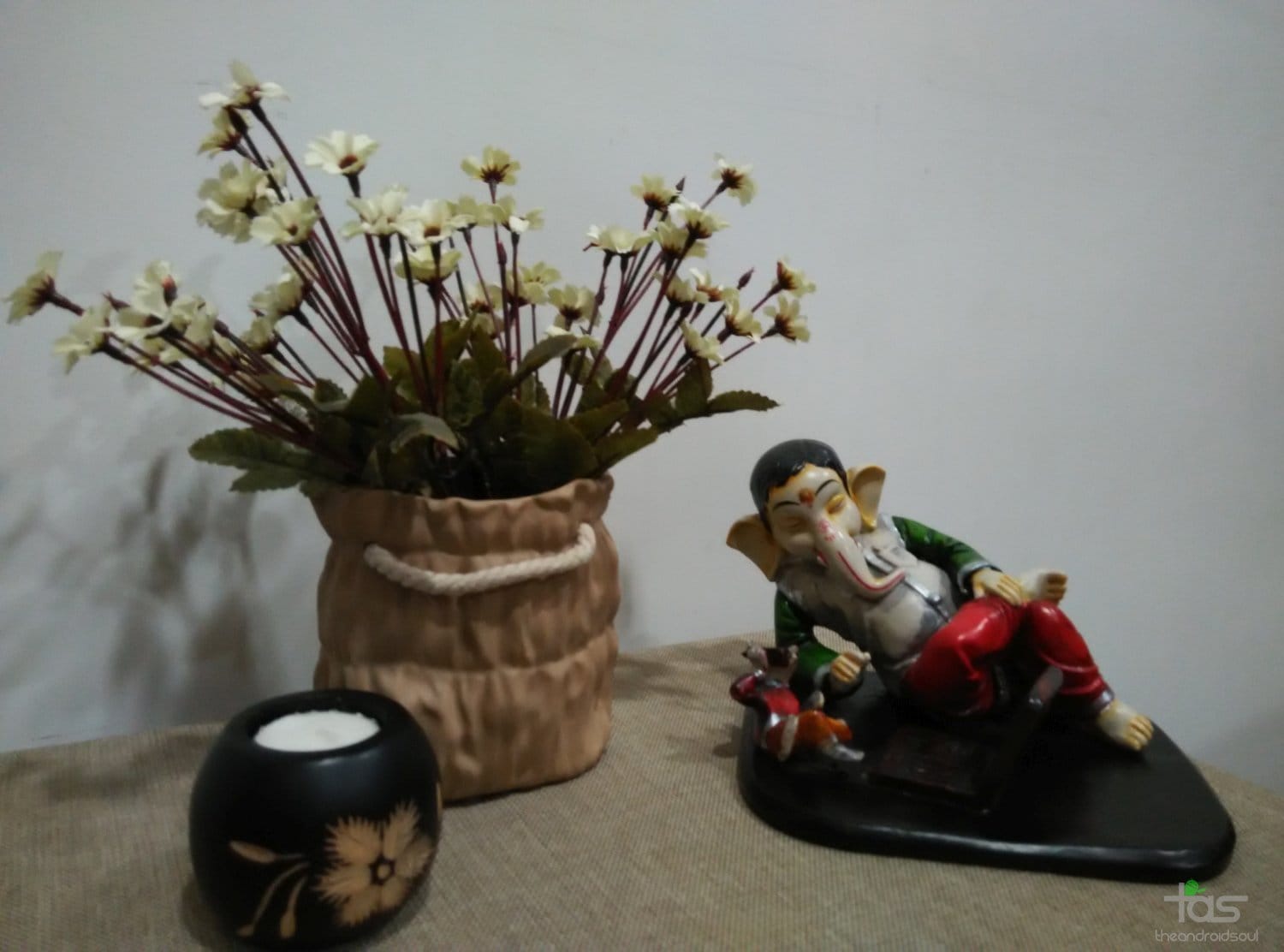
Flash OFF, Indoor, day-time 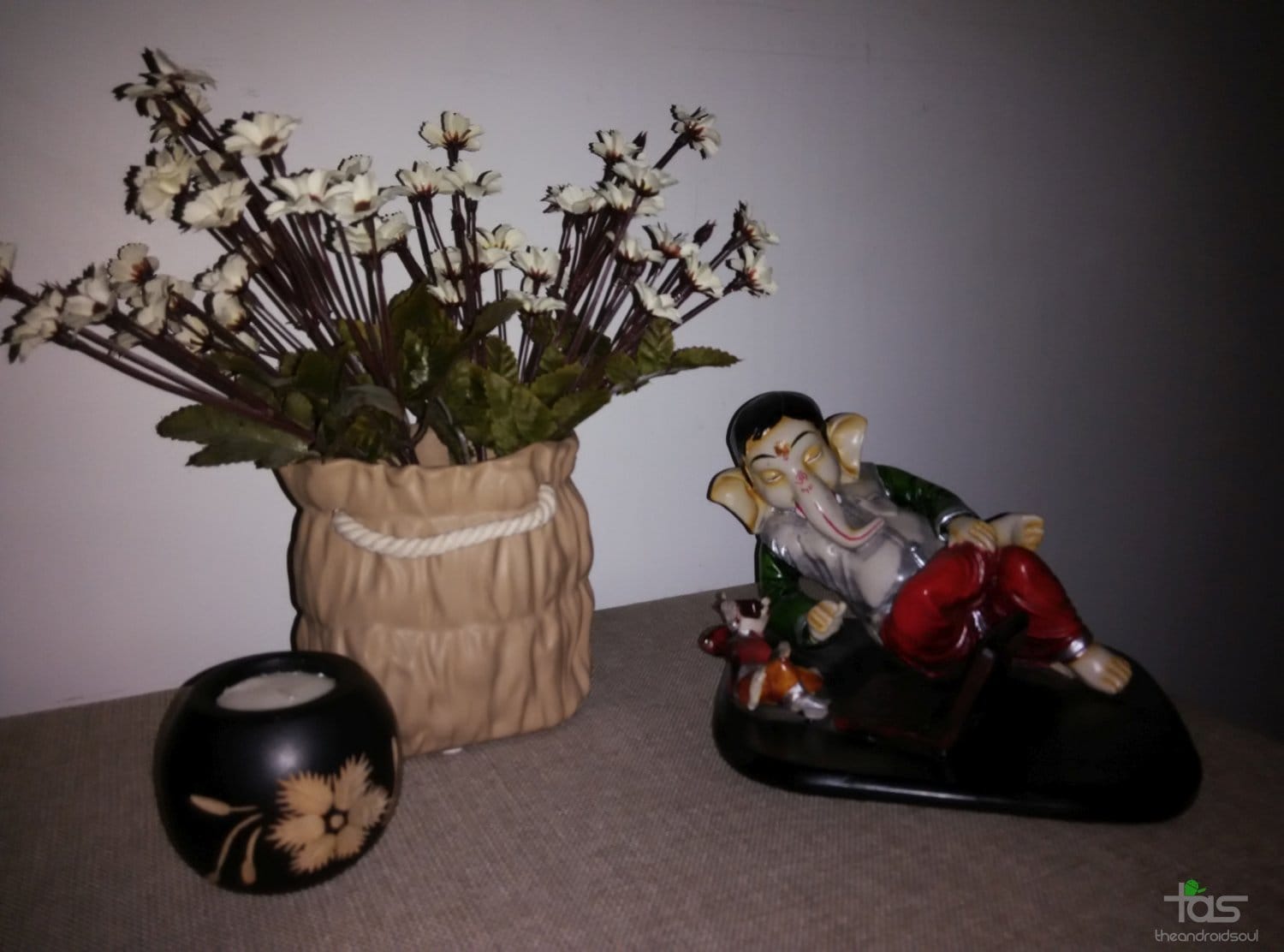
Flash ON, Indoor, Day-time 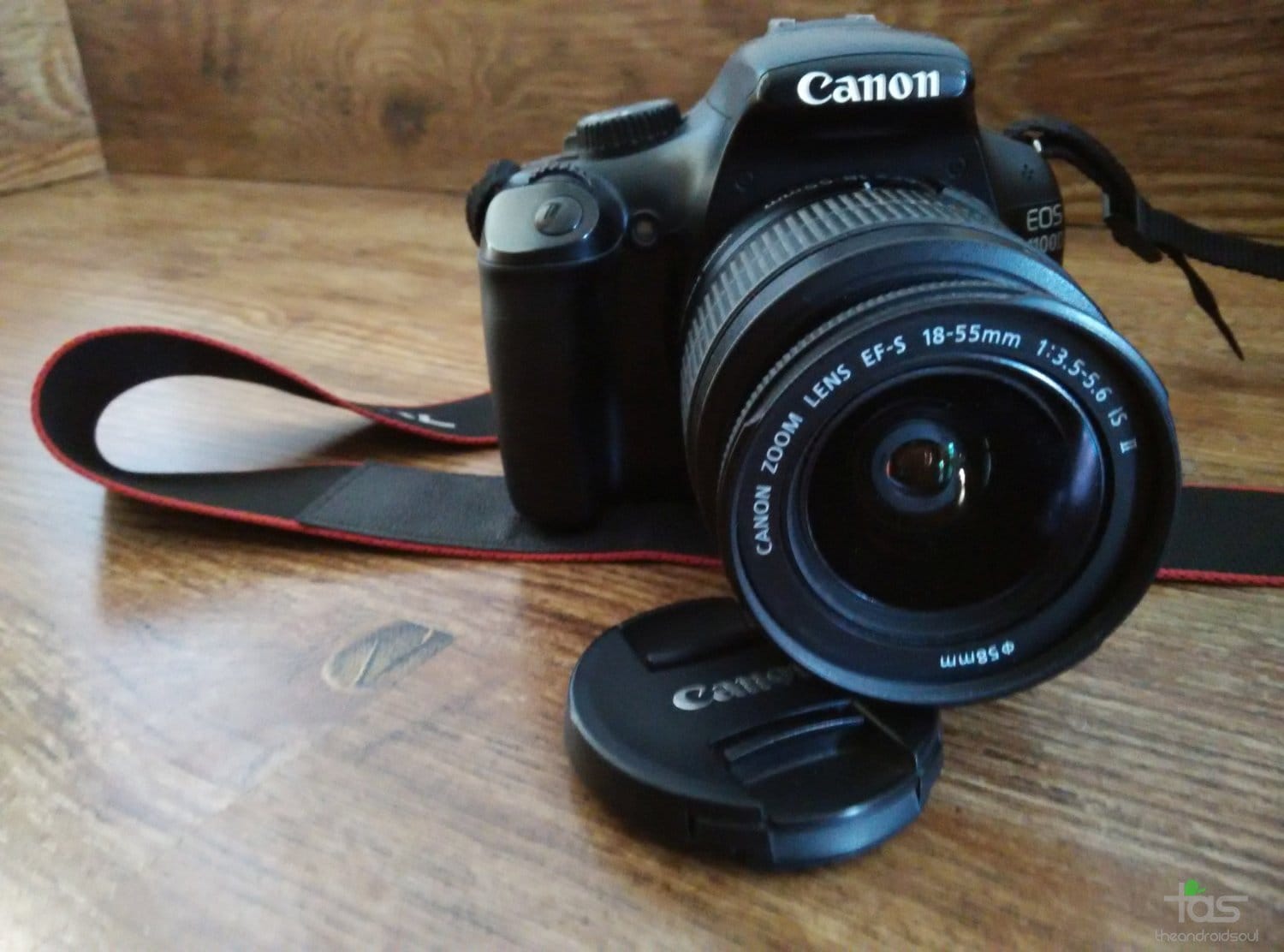
Flash Off, Indoor, day-time 
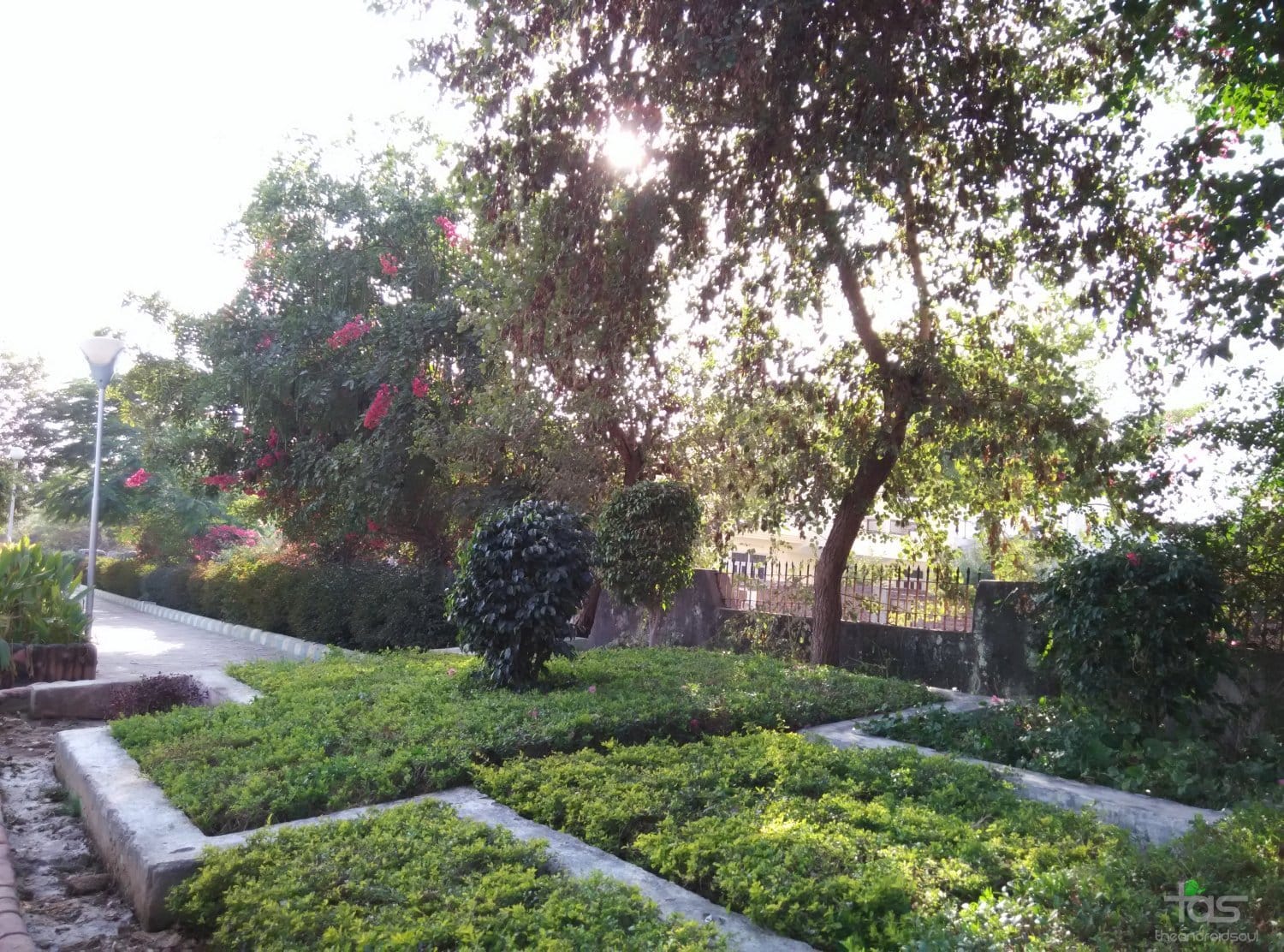
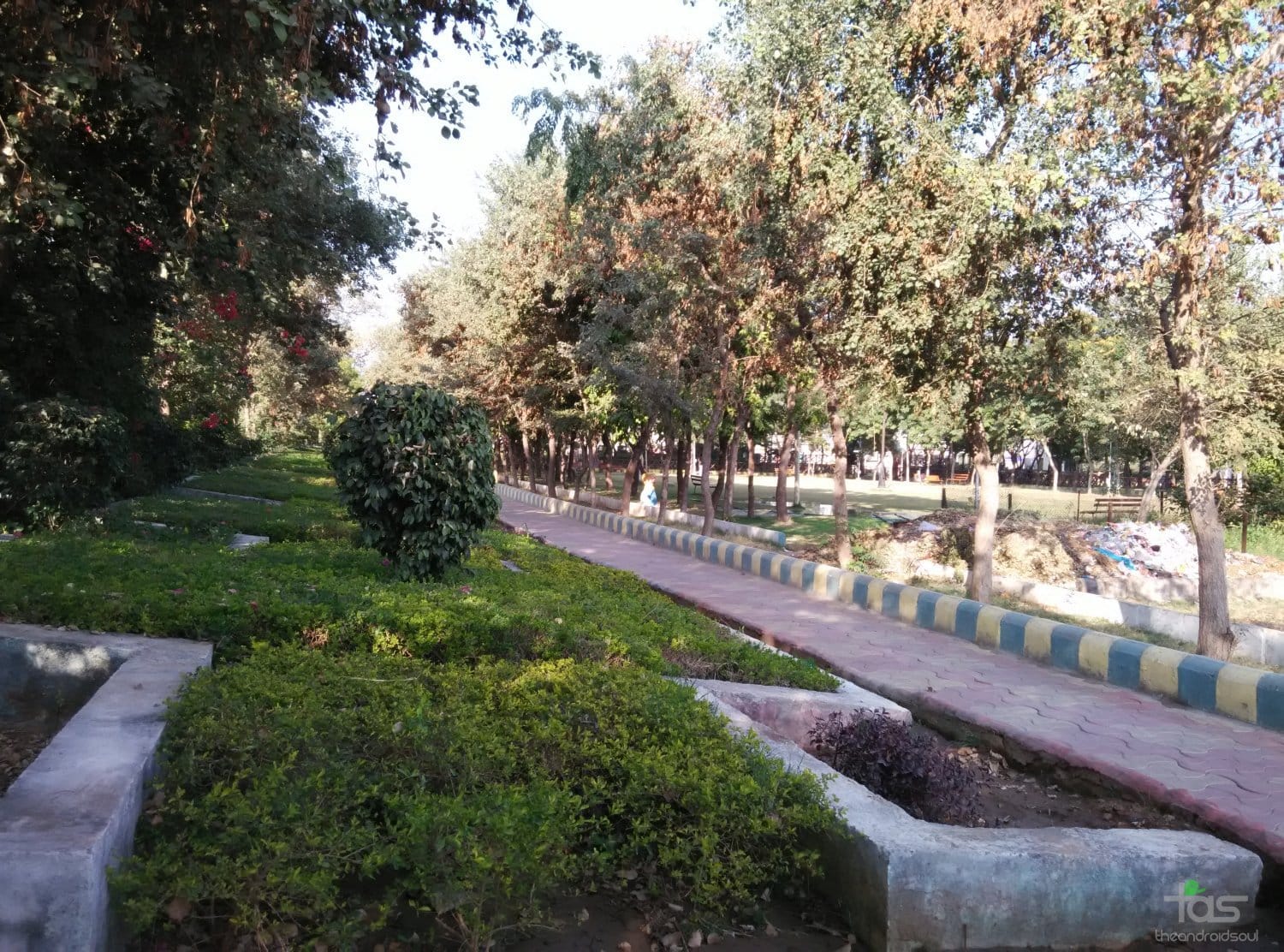


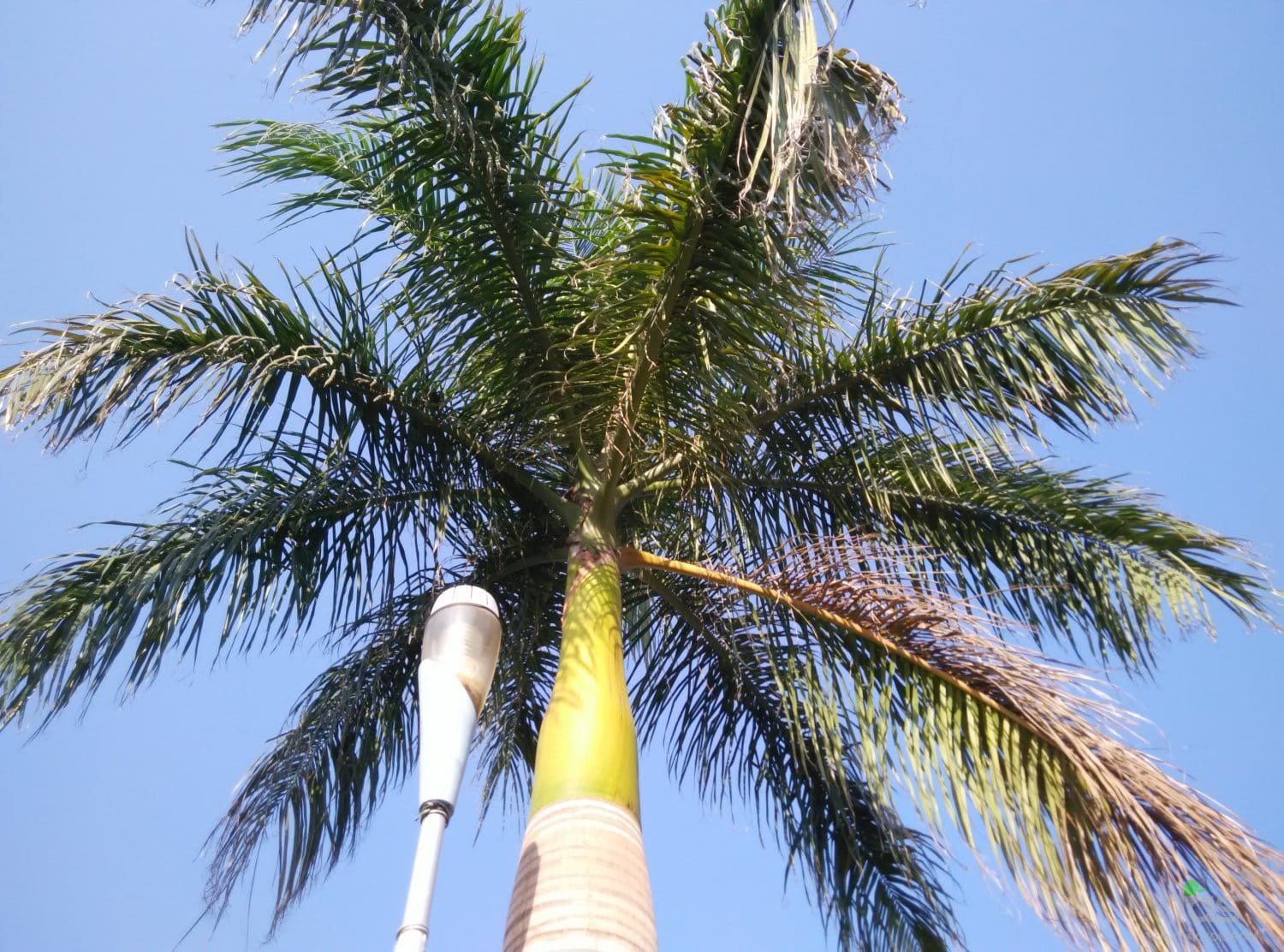
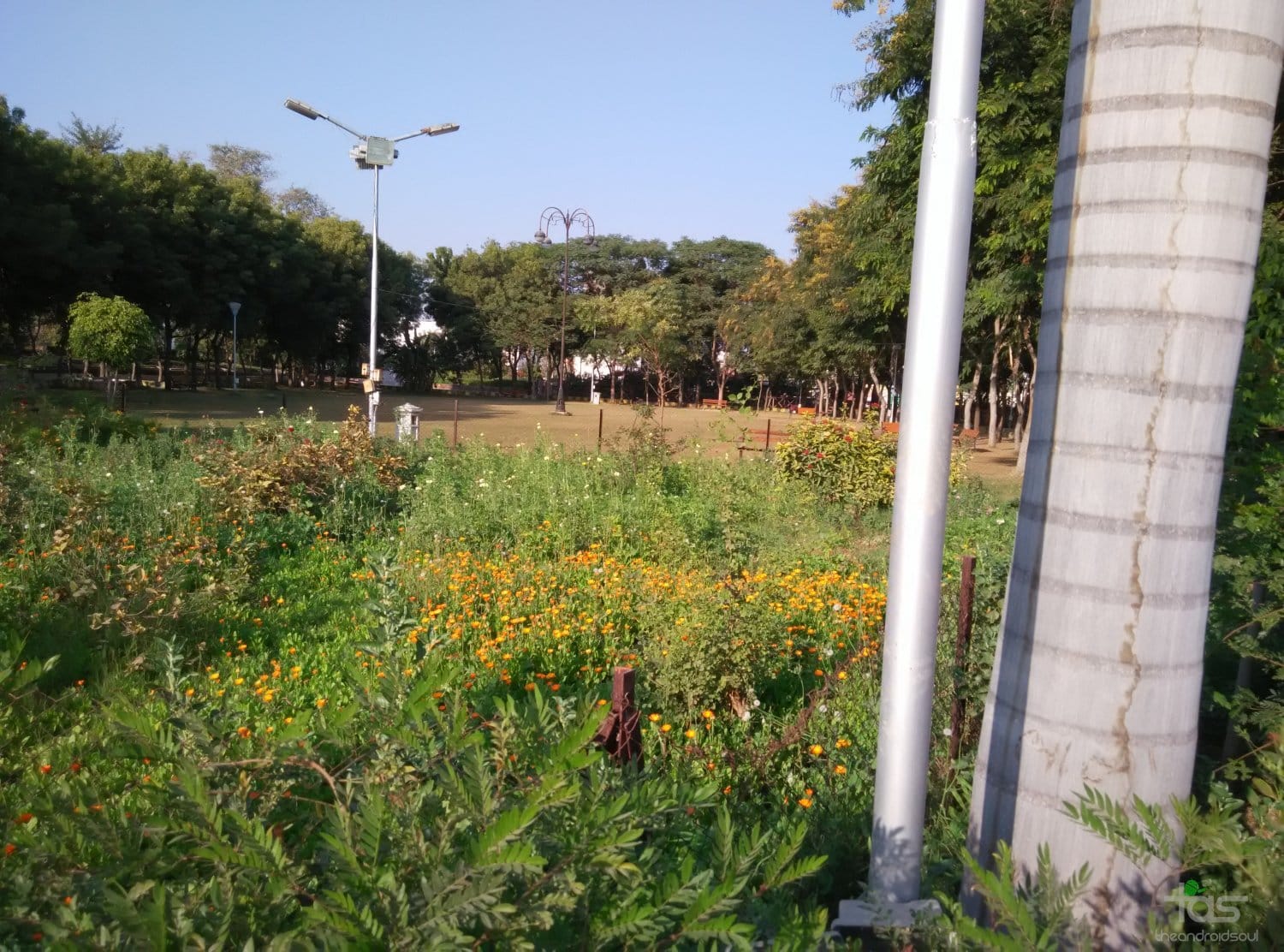
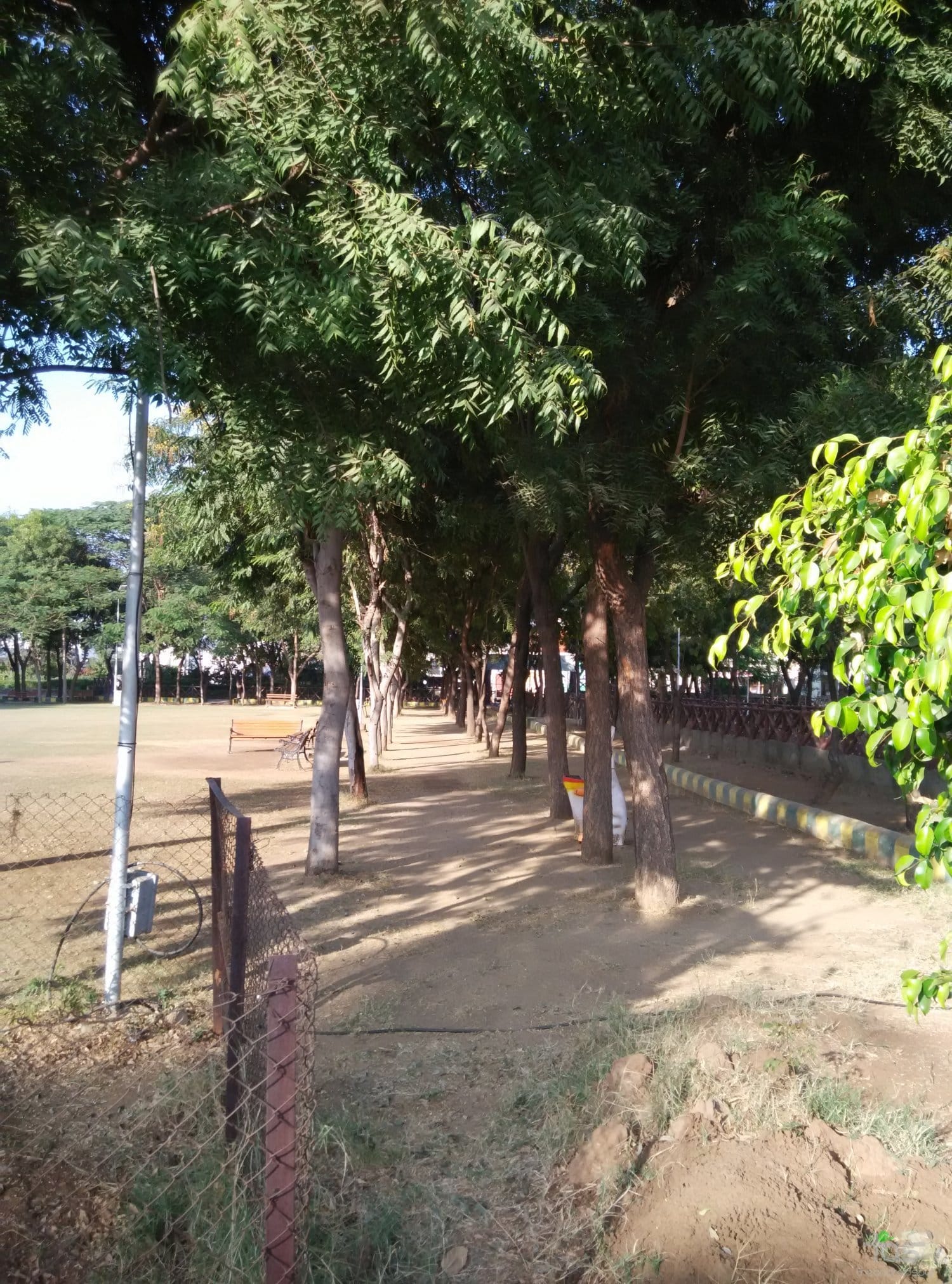
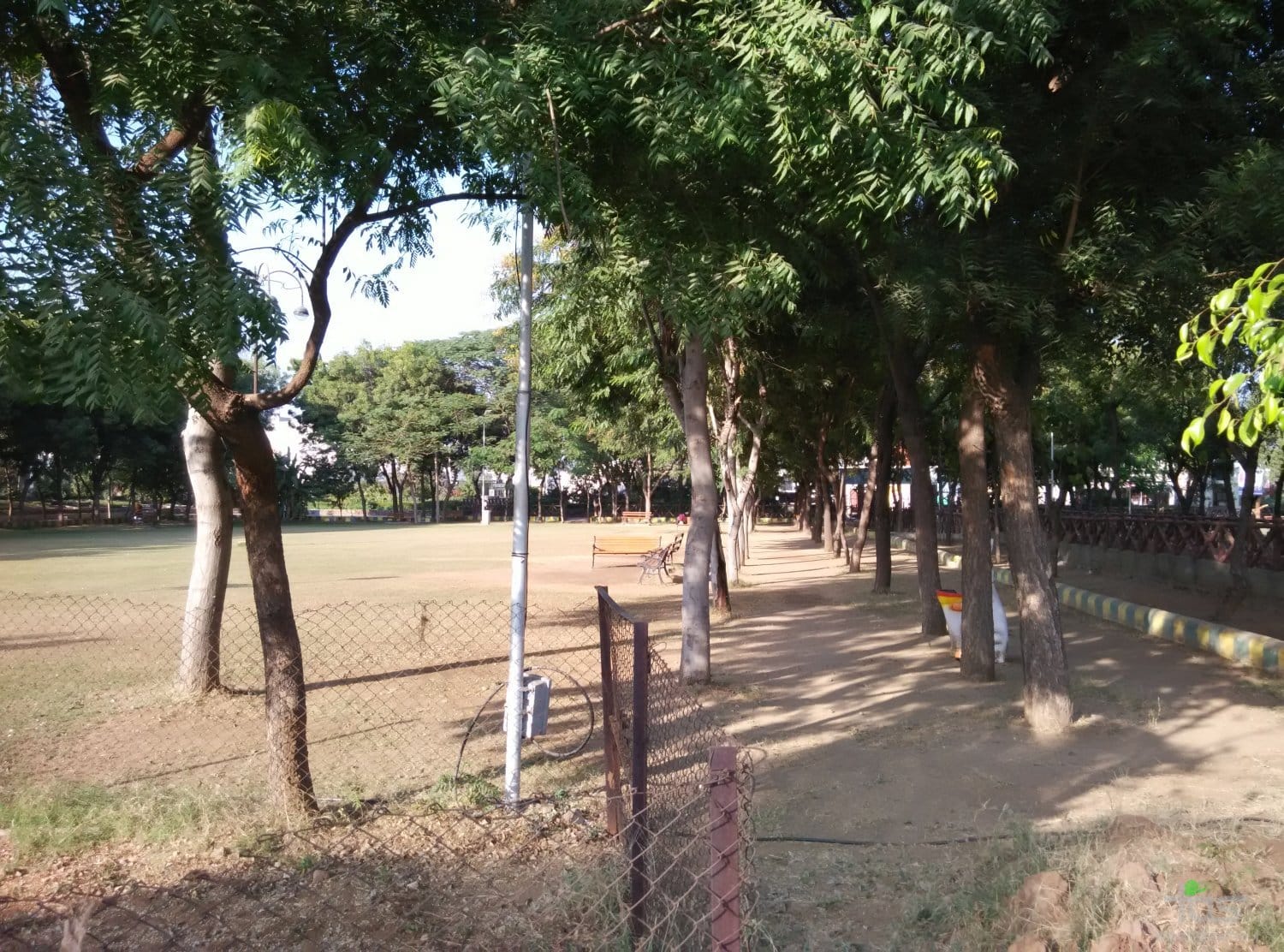

Flash Off, Outdoor, day-time 
Flash Off, Outdoor, day-time
Camera Score: 7.0
Battery
The large 3100 mAh battery is, without exaggeration, nothing short of awesome. While it can last 2 days for an average user, pro users too will find it very pleasing — you simply won’t need to rush to plug it in ever.
Although not a Redmi Note 4G competitor, LG G3 also features a 5.5 inch display, albeit with awesome Quad HD resolution (2560 x 1440 pixels), and cool 3000 mAh battery. G3’s battery backup is one of the best in flagship devices of 2014, and it only gets better with Redmi Note 4G, which has extra 100 mAh power compared to G3 while firing up only HD resolution (1280 x 720 pixels), which requires much less power in comparison to Quad HD one.
Larger battery and low-res display make Redmi Note 4G one of the best phones with massive battery backup. Redmi Note 4G being a not-costly-at-all device, there is no fast charge available here, which is okay.
Battery Score: 9.0
Verdict
Xiaomi Note 4G is a decent offering, and very good value for money nonetheless. Decent processor coupled with 2GB of RAM guarantees it’s quite capable to be your daily driver — no matter if you are a heavy user — with good help from MIUI which is smooth and feature-rich. The massive 3100 mAh battery maybe just be the factor for many people to buy Note 4G, coupled with those hell-bent of 4G LTE. But it isn’t perfect as it lacks in aesthetics both on hardware and software front, let alone the mediocre camera quality. And even though the display is nice and big, the HD resolution will keep you wanting.
Clearly, this thing ain’t for those who appreciate aesthetics over specs, but if you are in for amazing specs that actually perform good, Note 4G is the device.
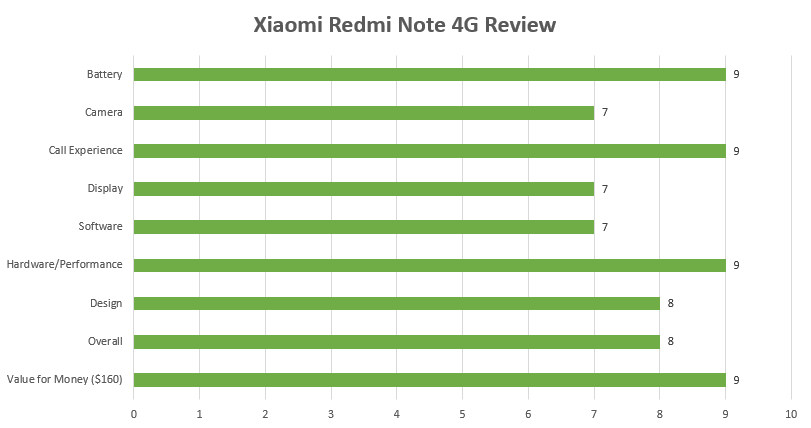

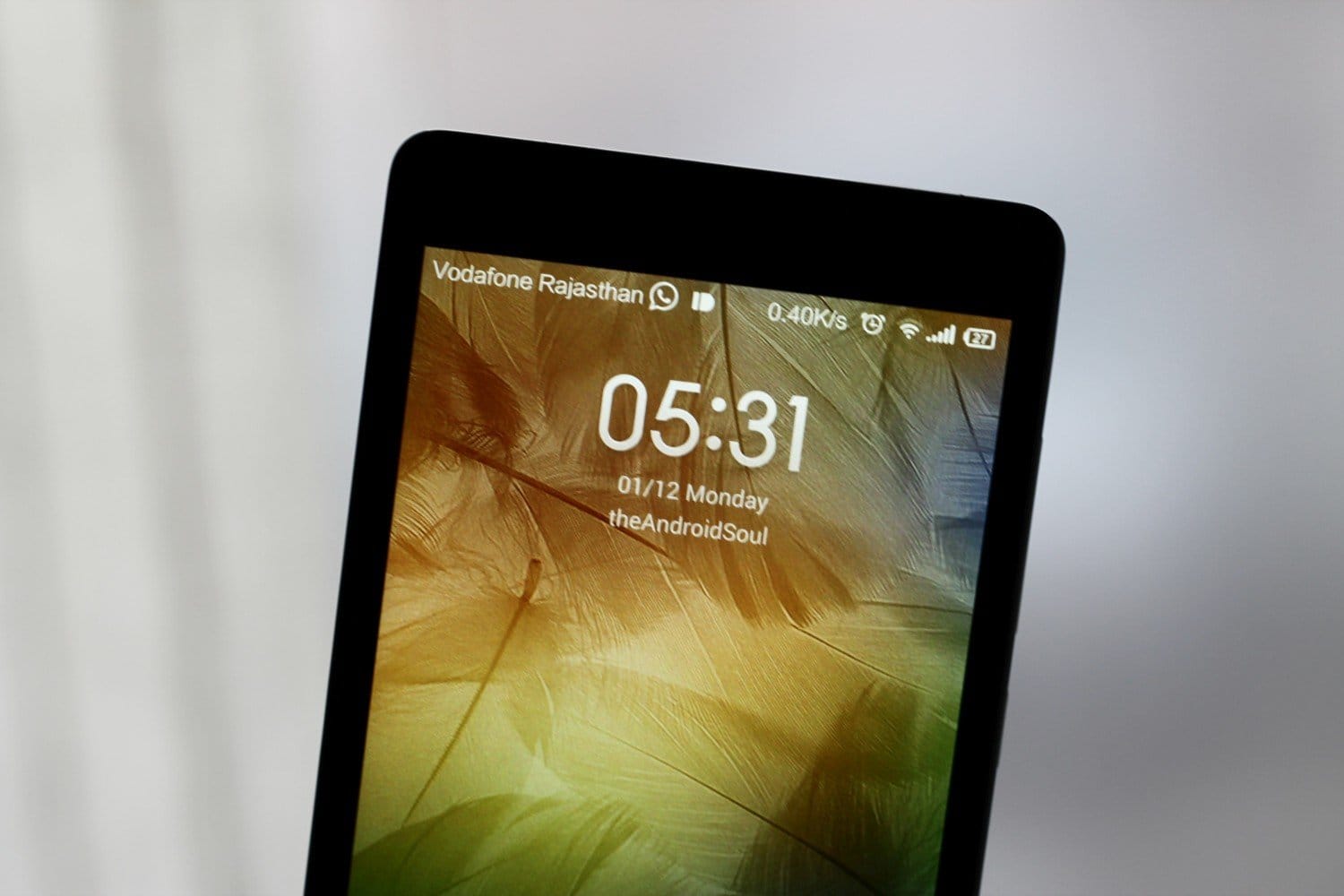
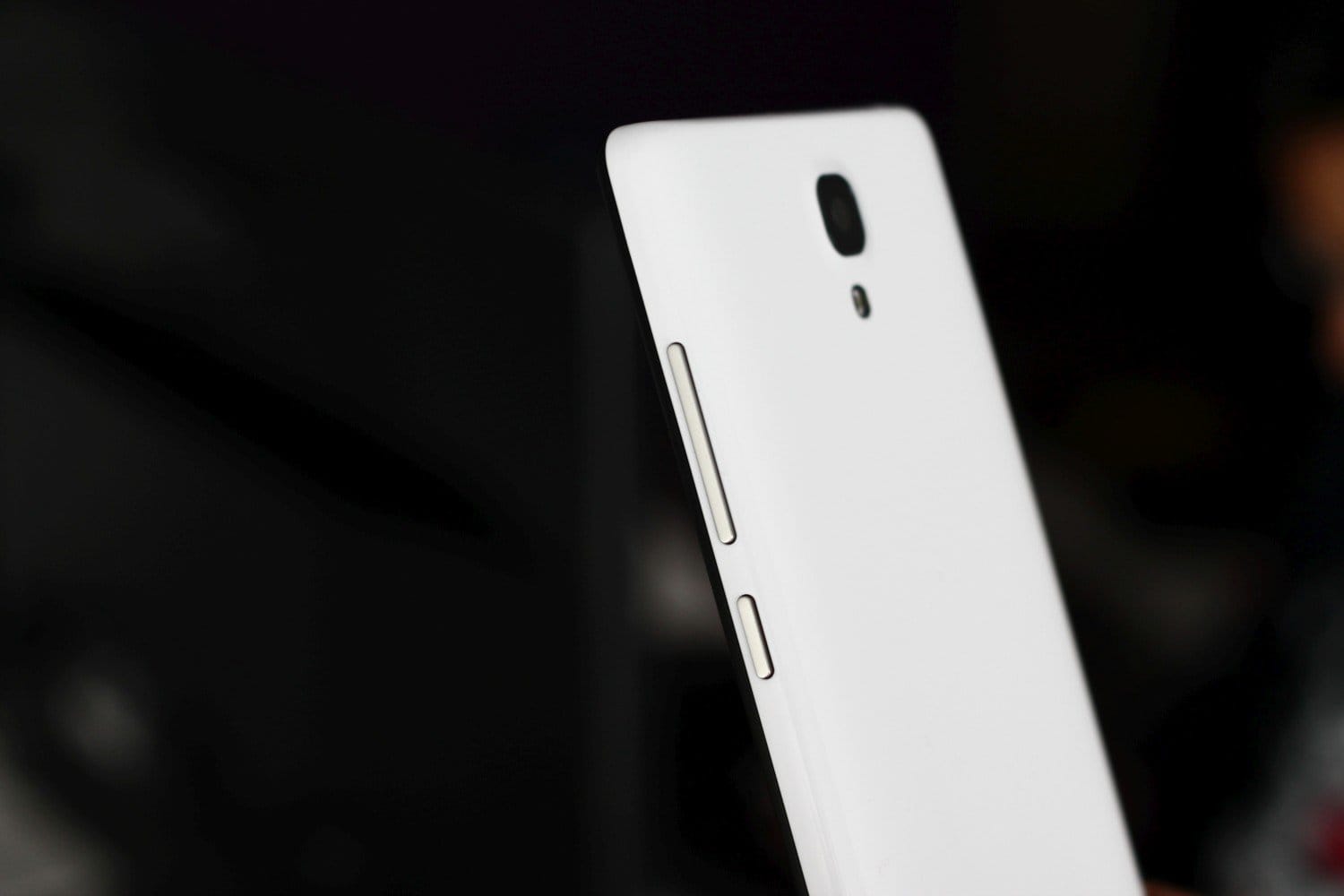
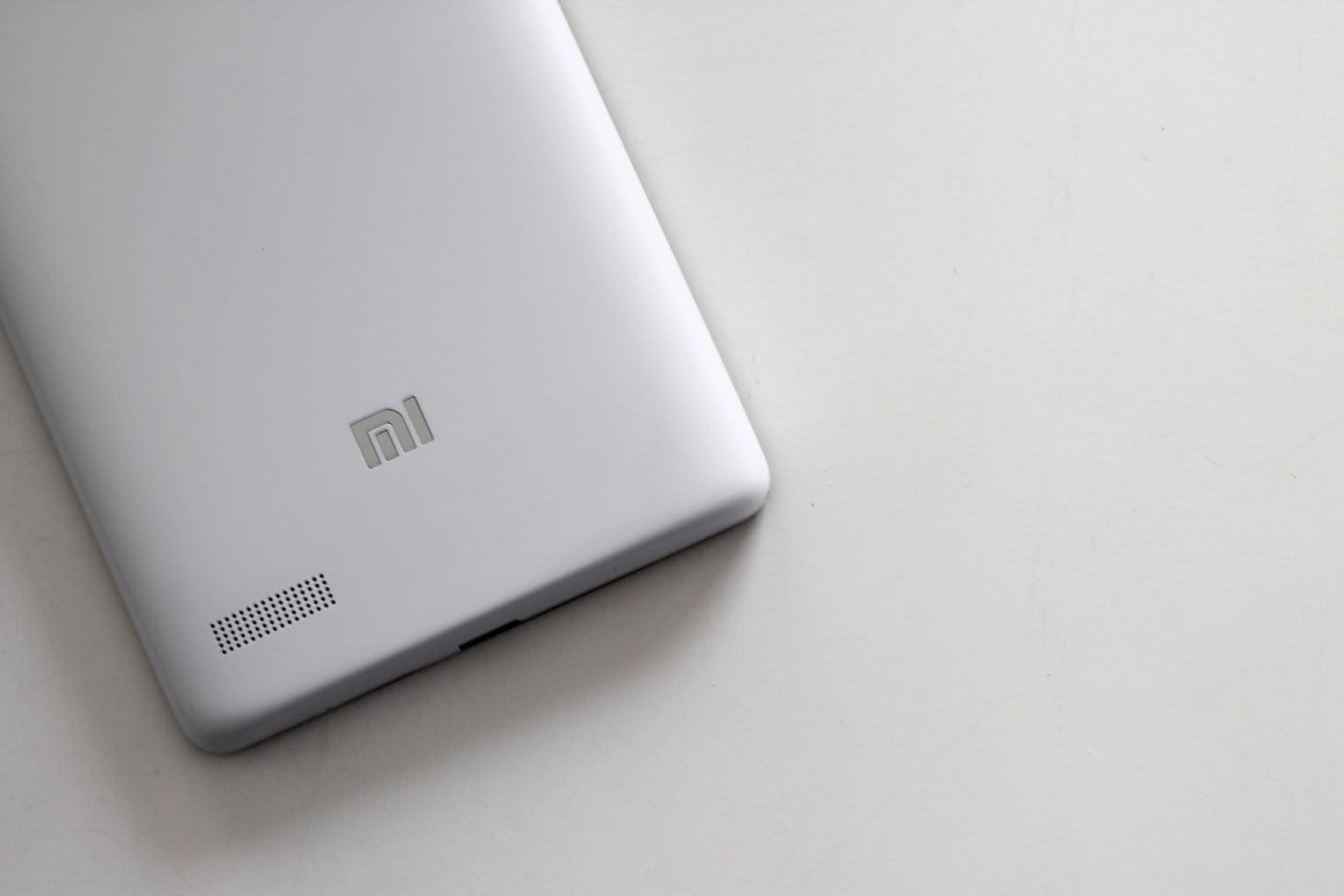
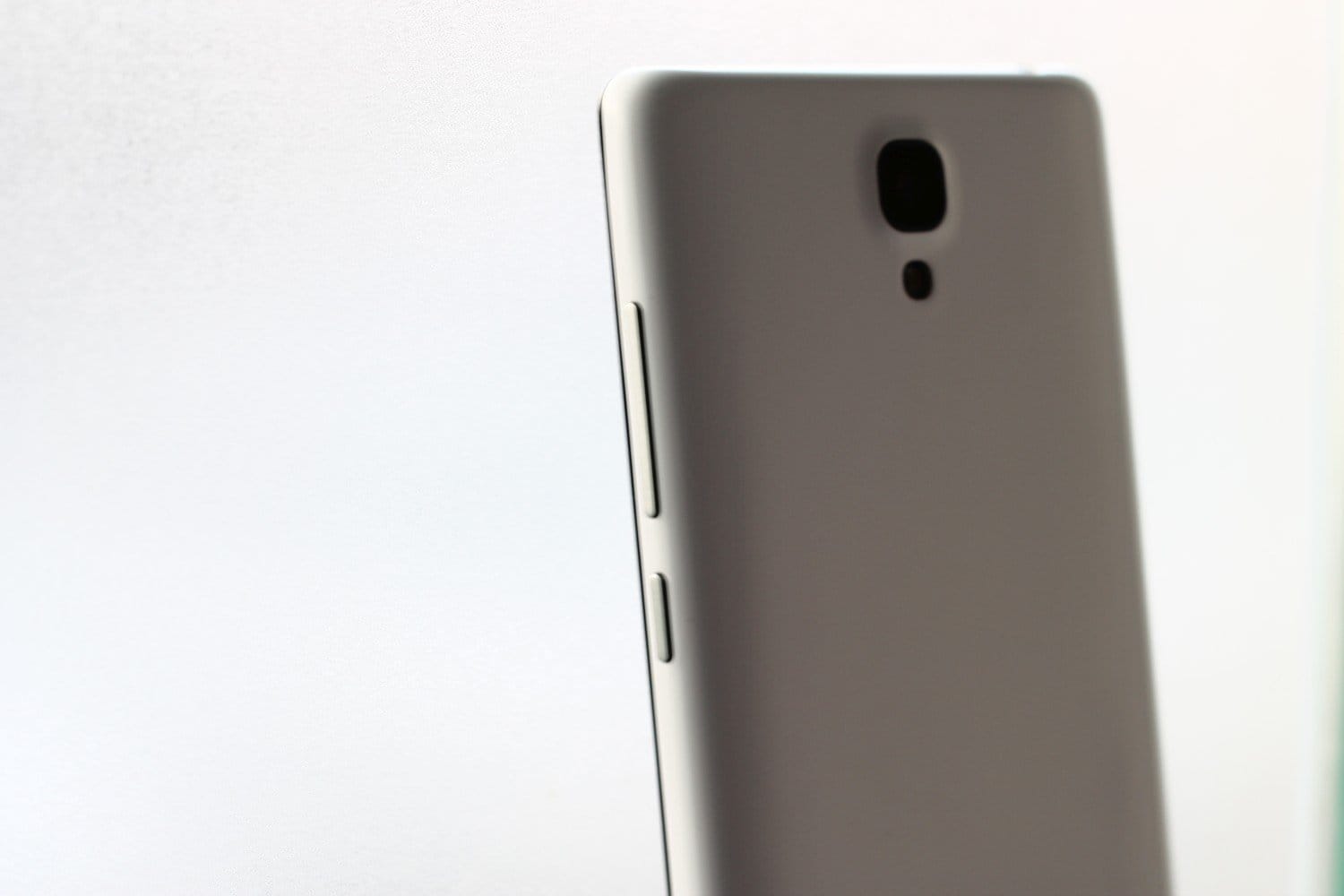
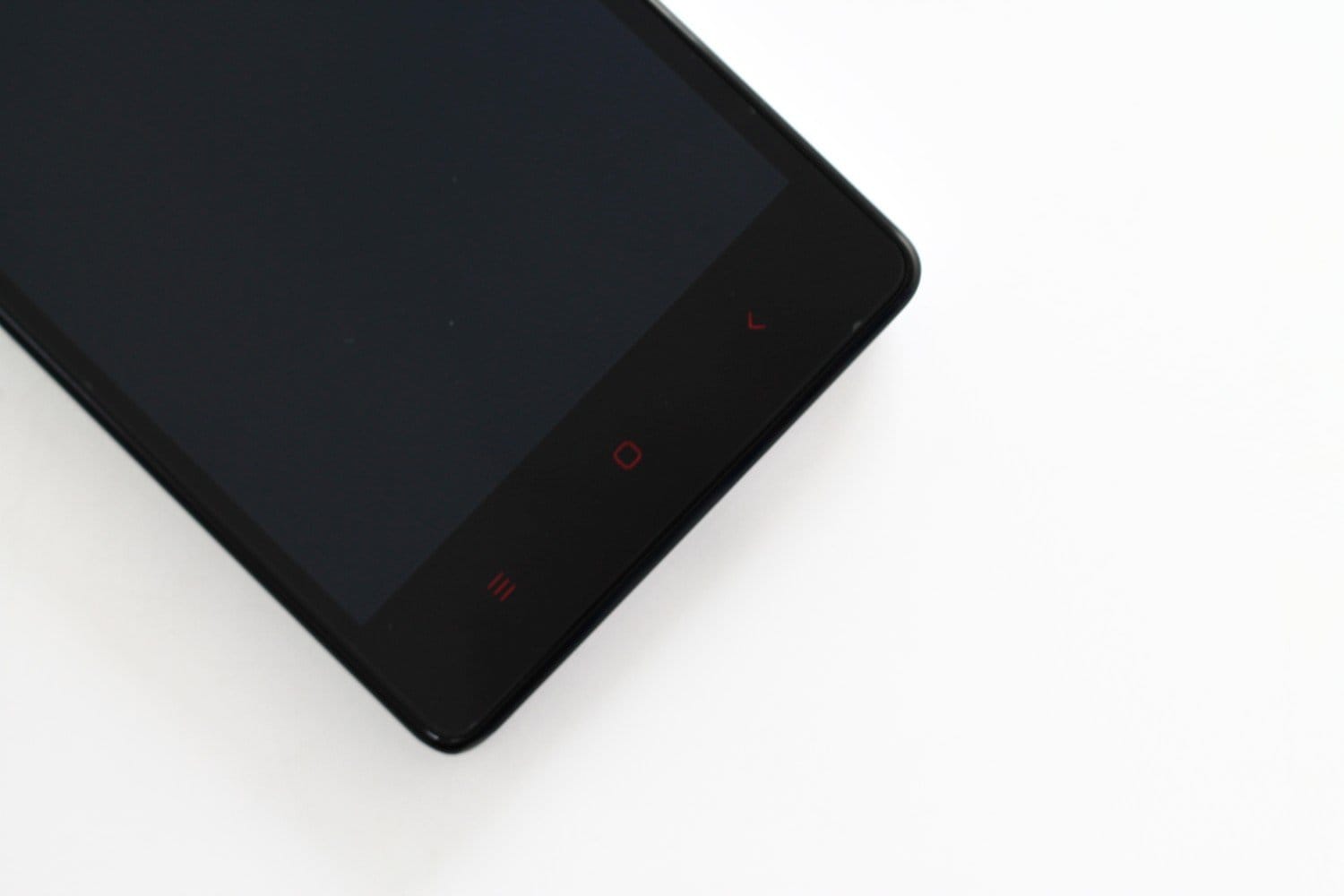
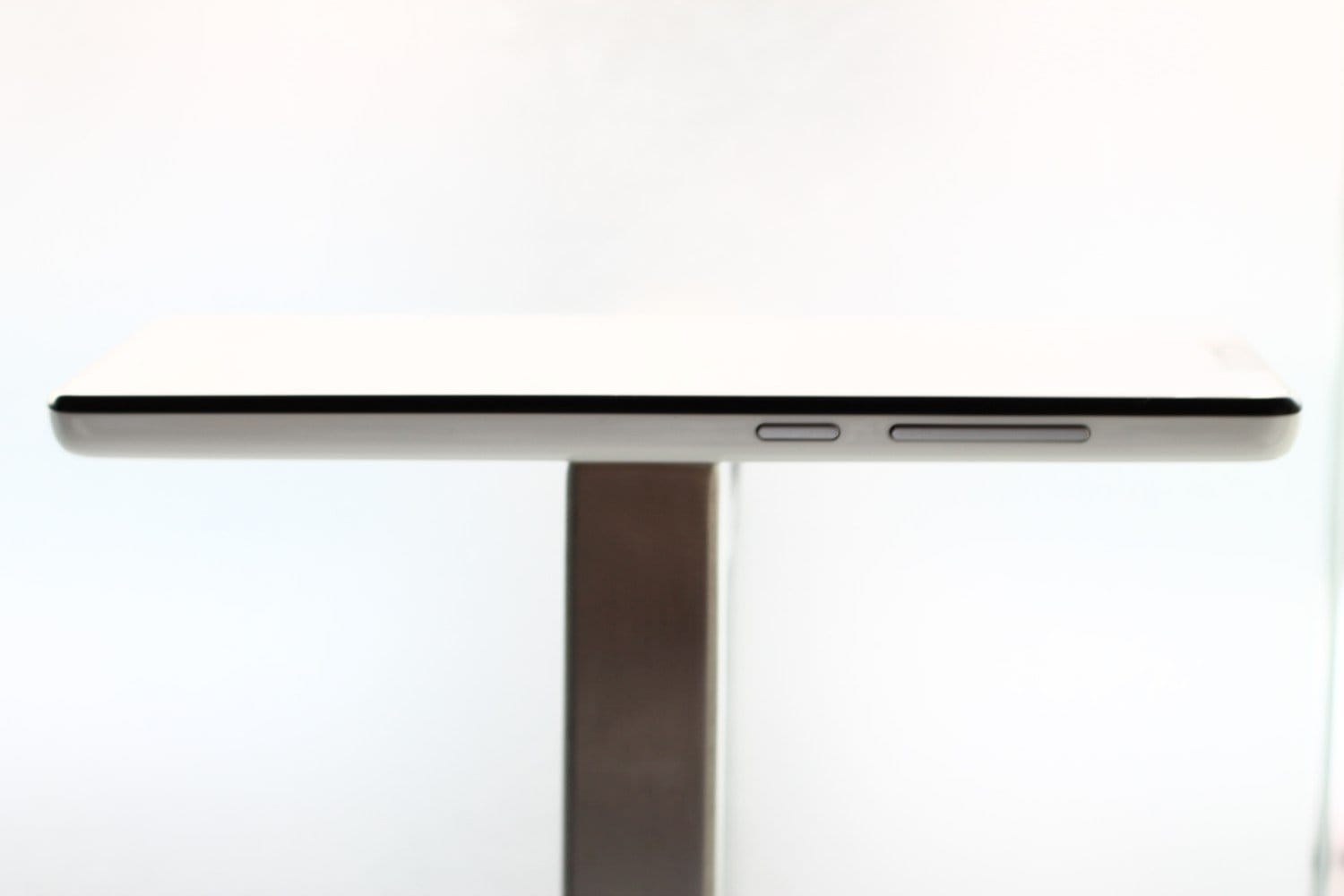

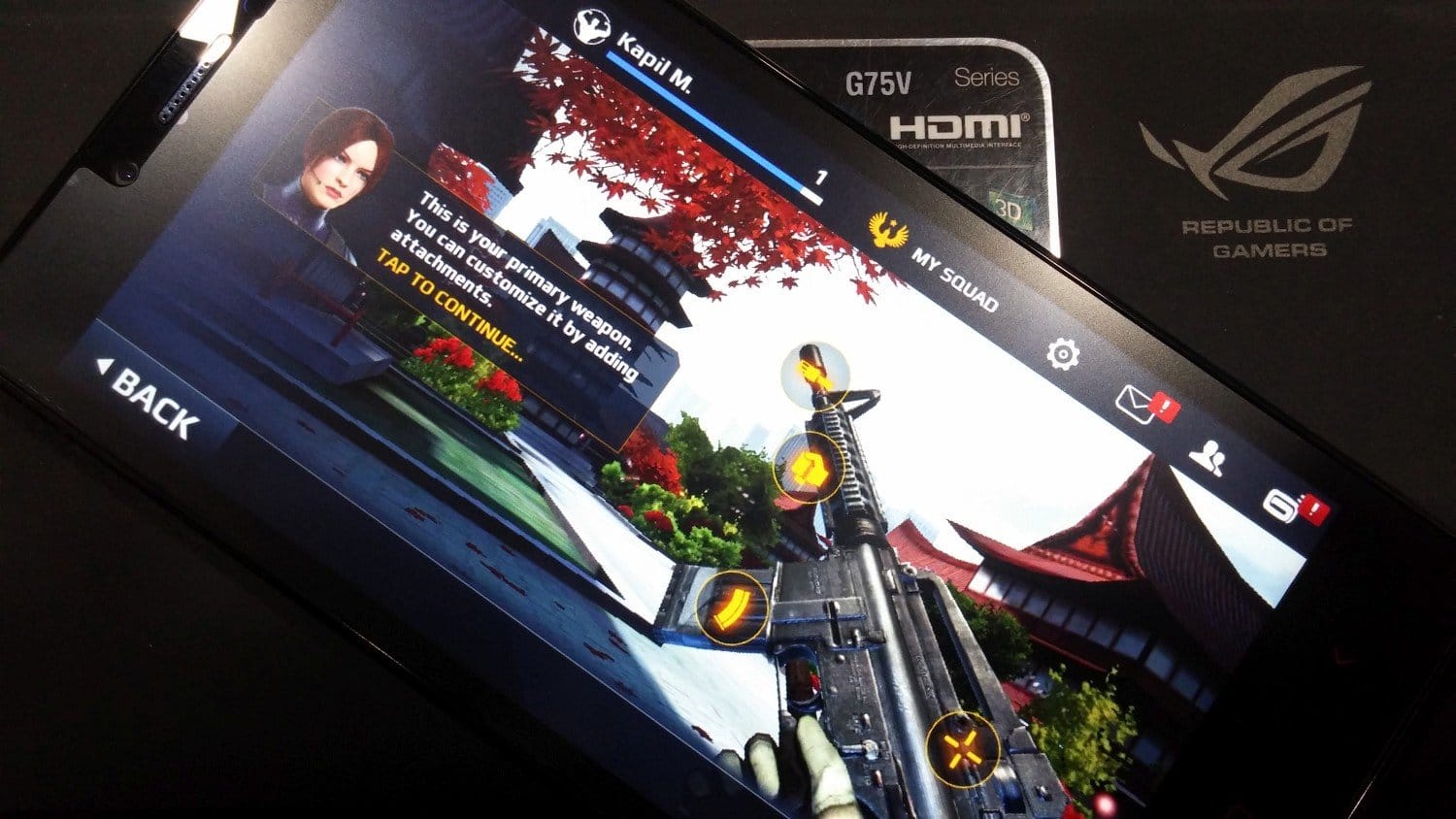
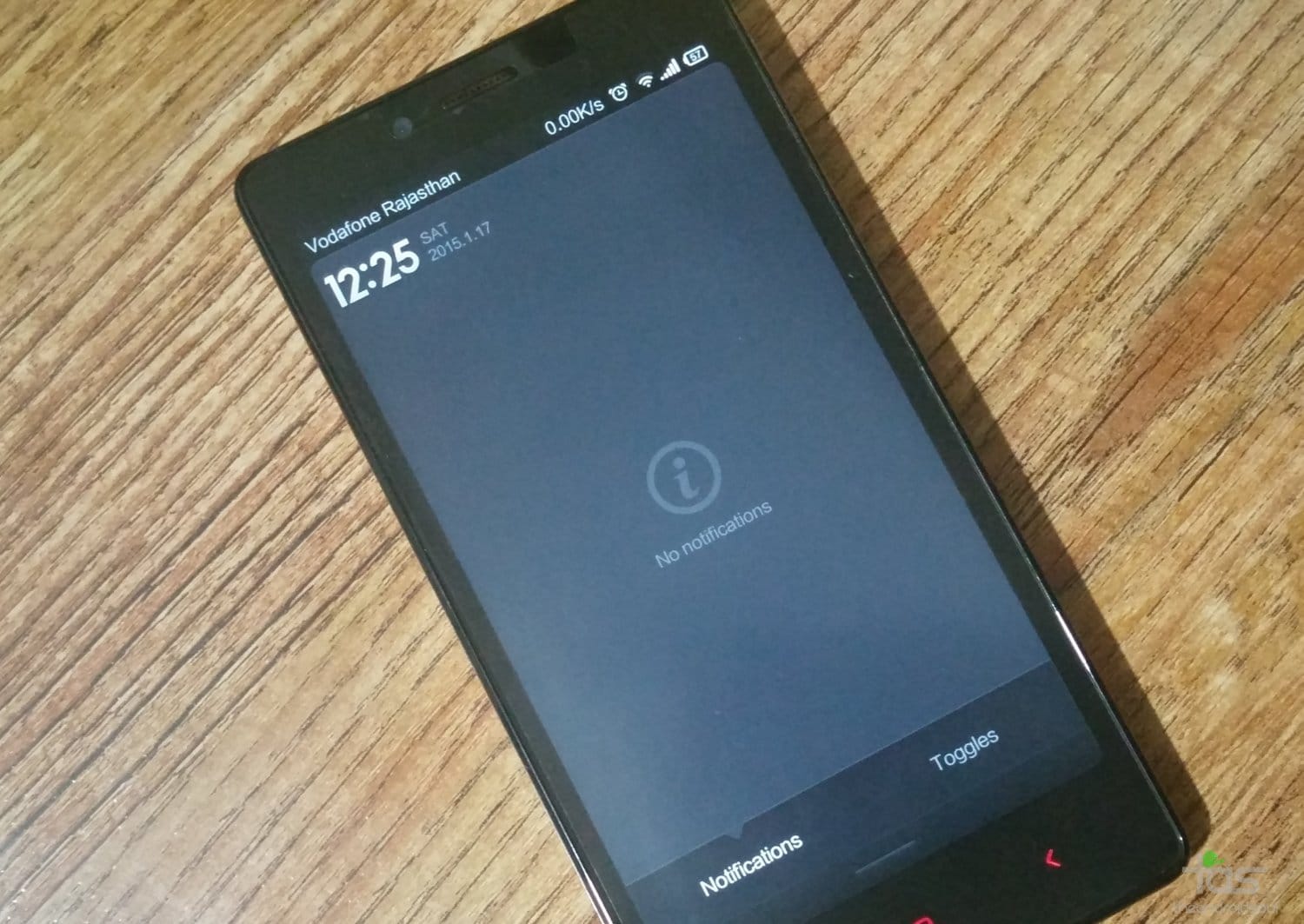

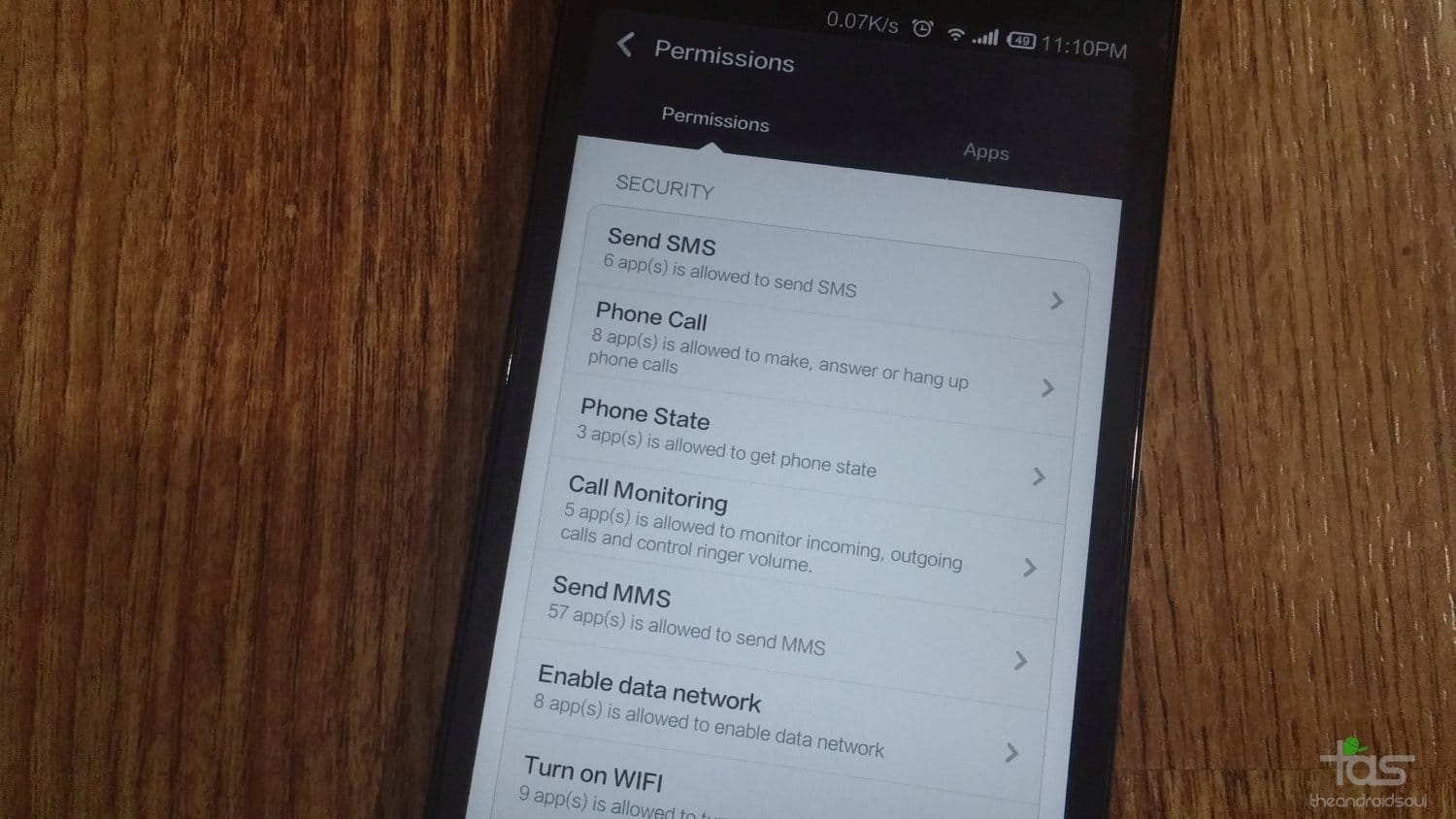
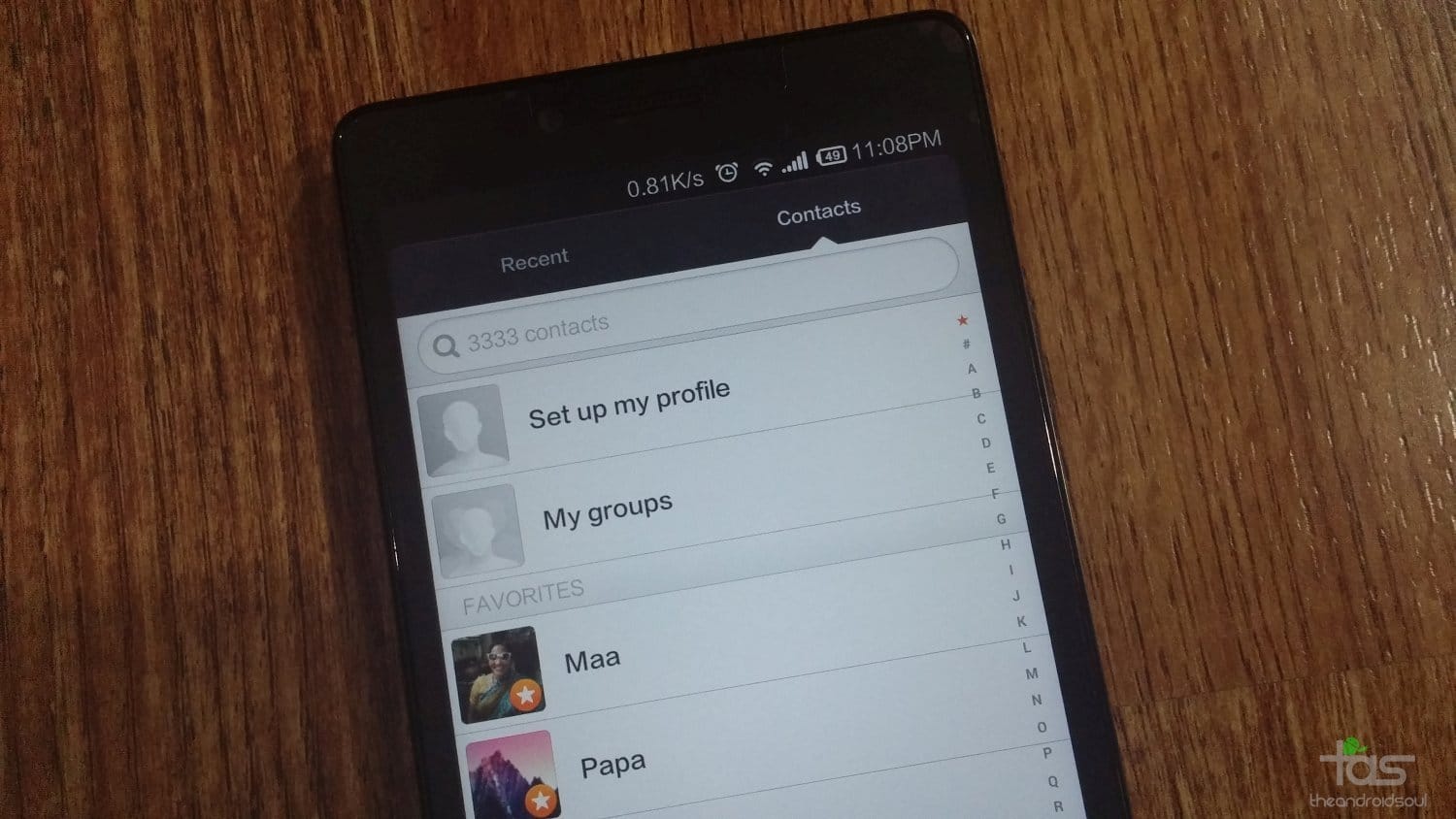
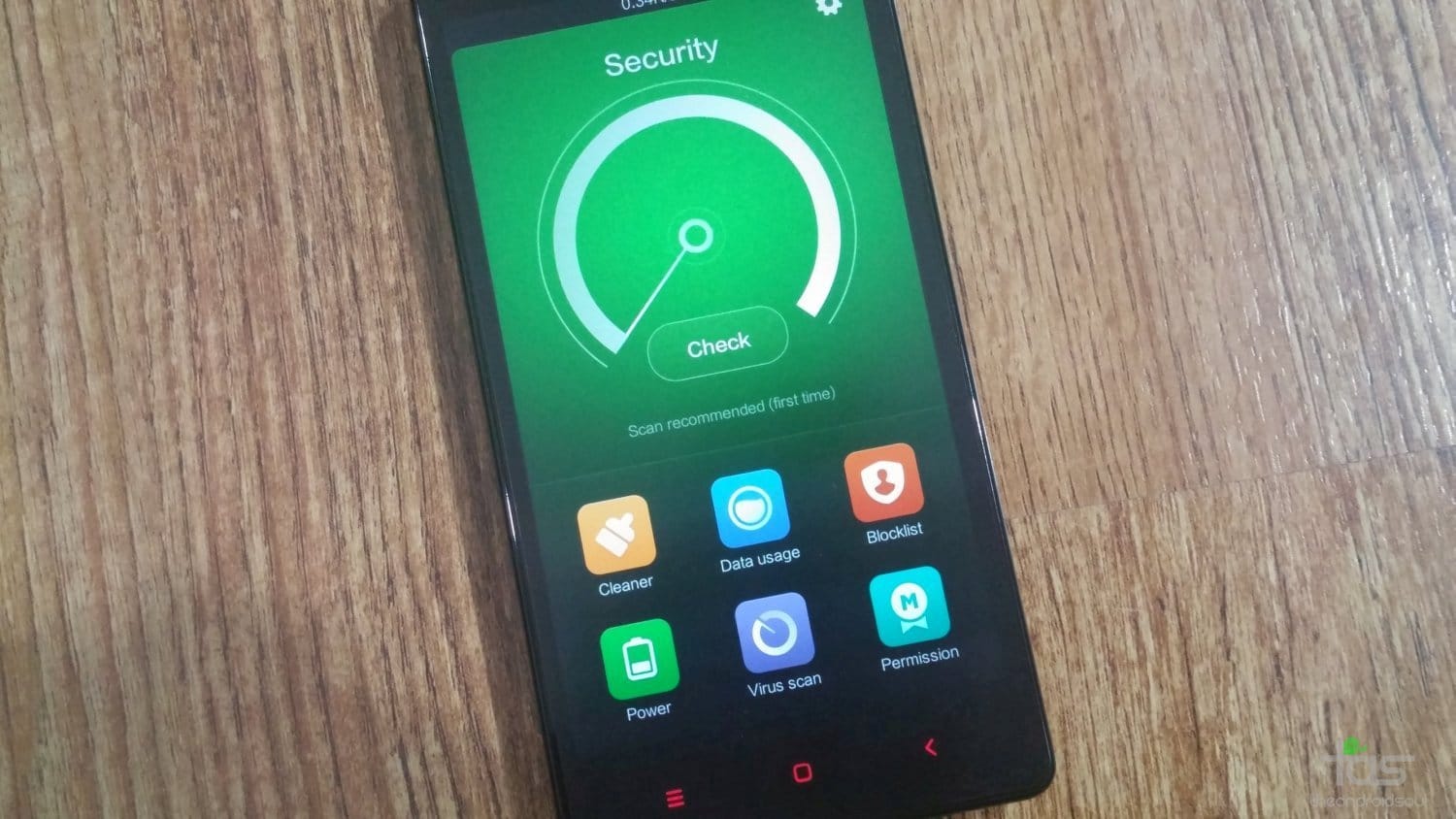
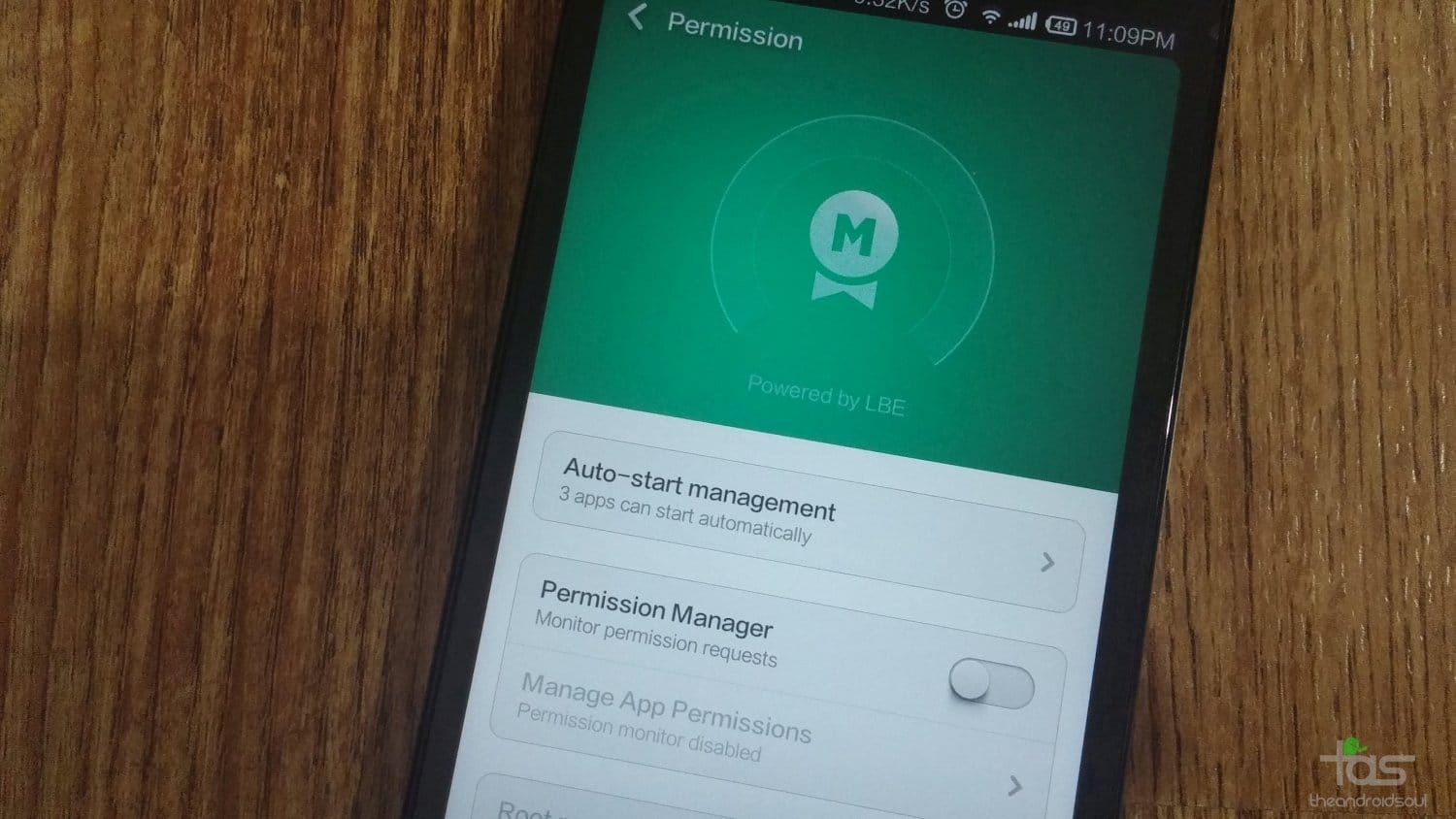

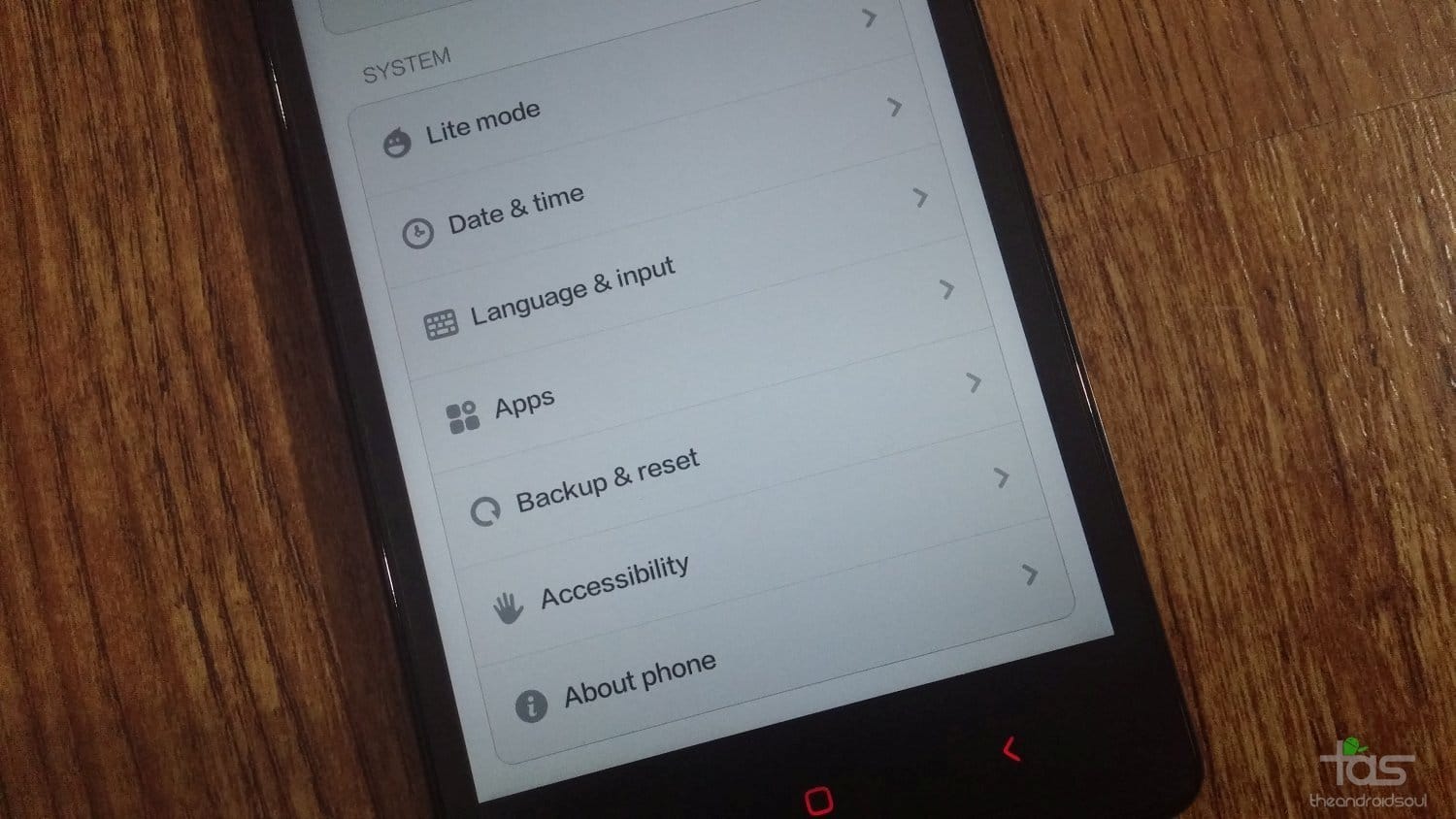
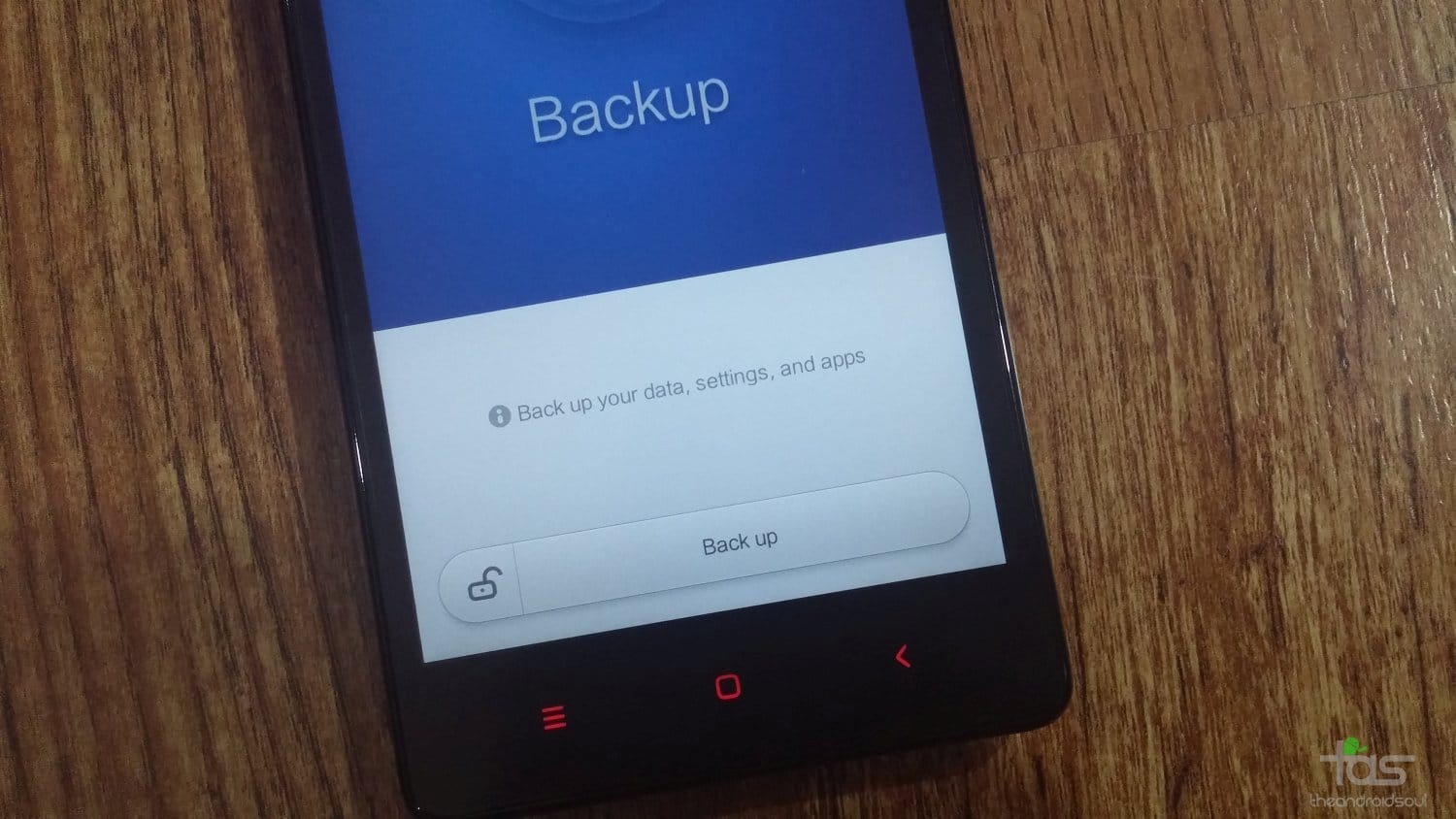
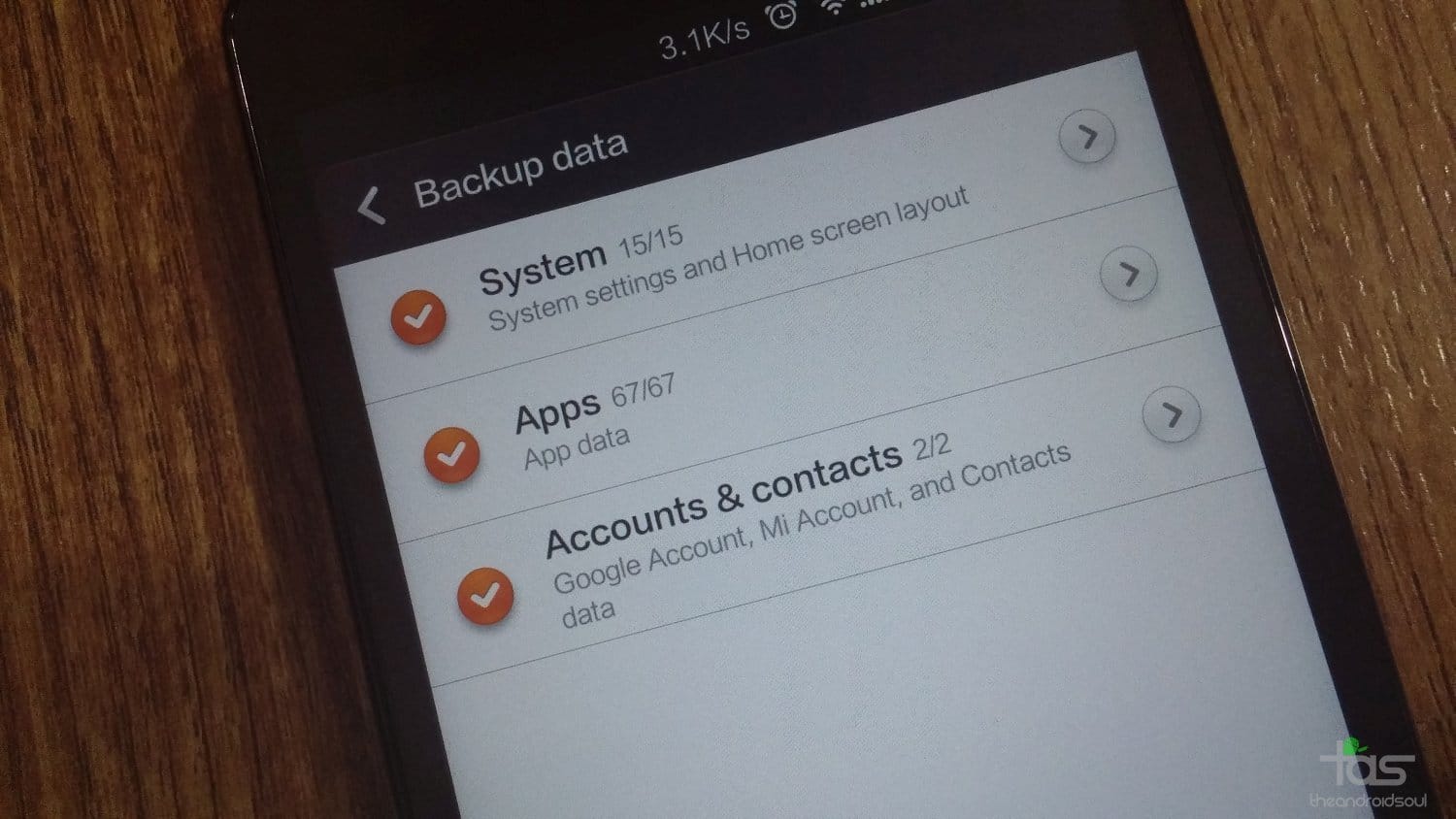
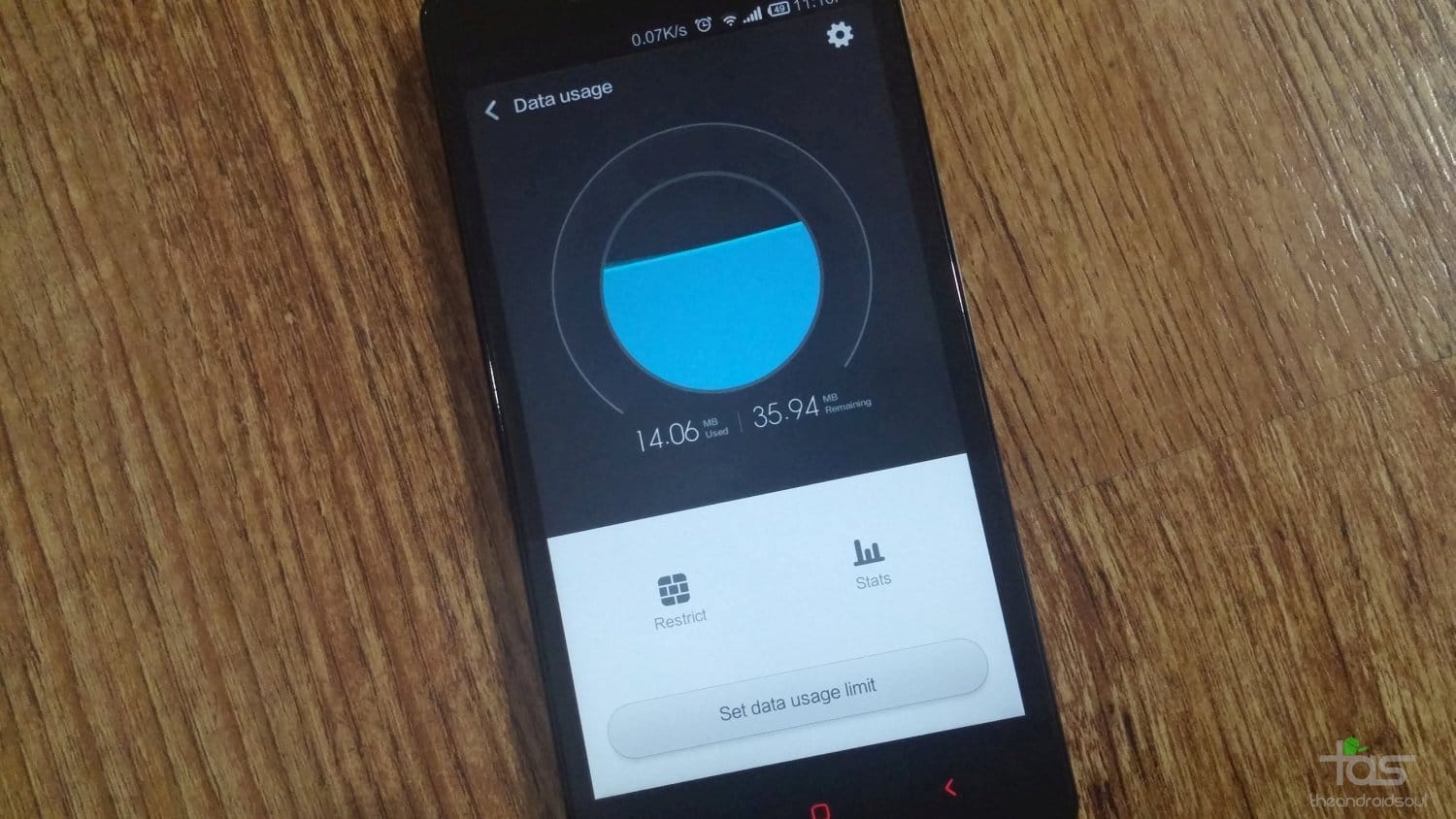
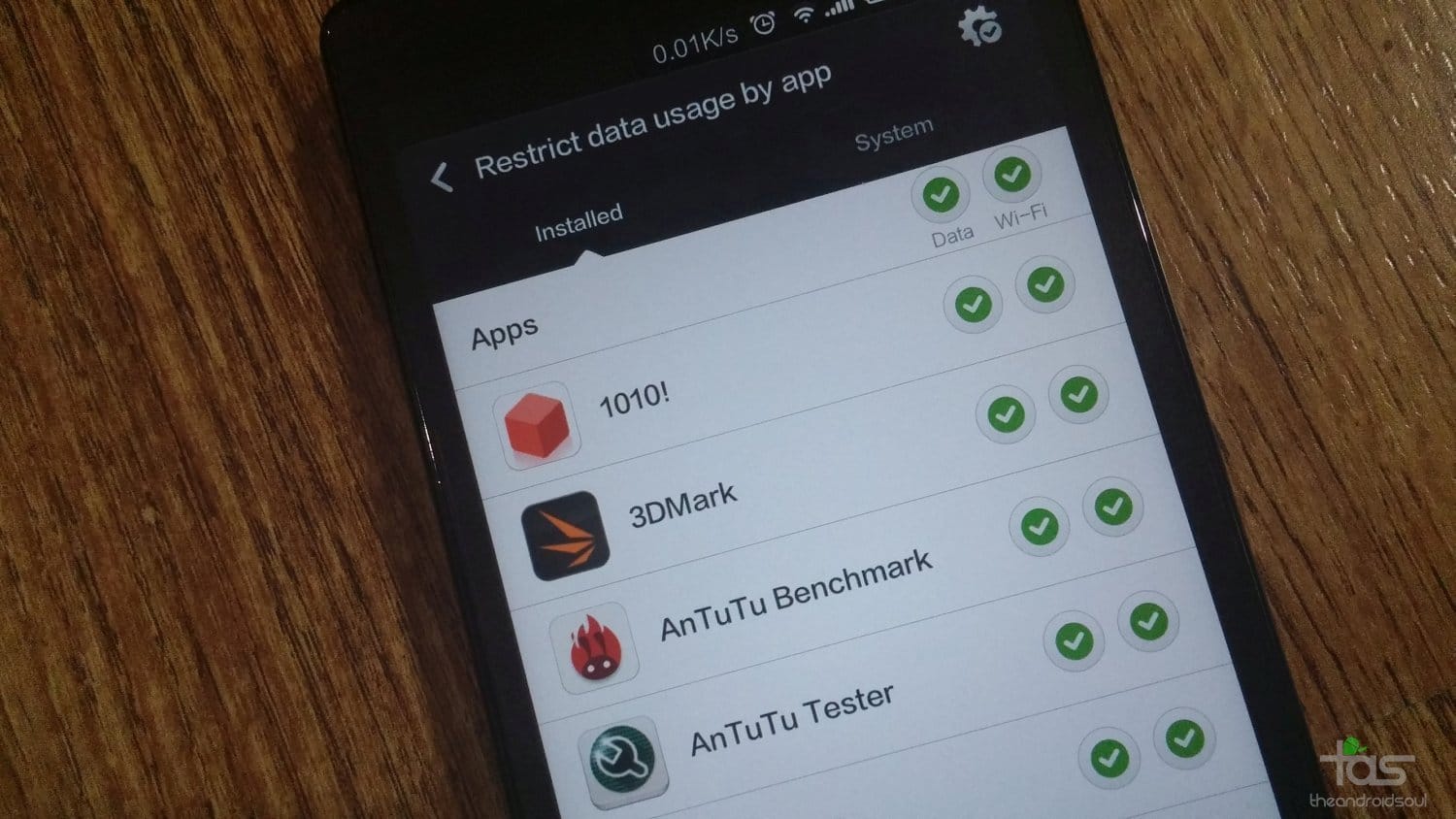
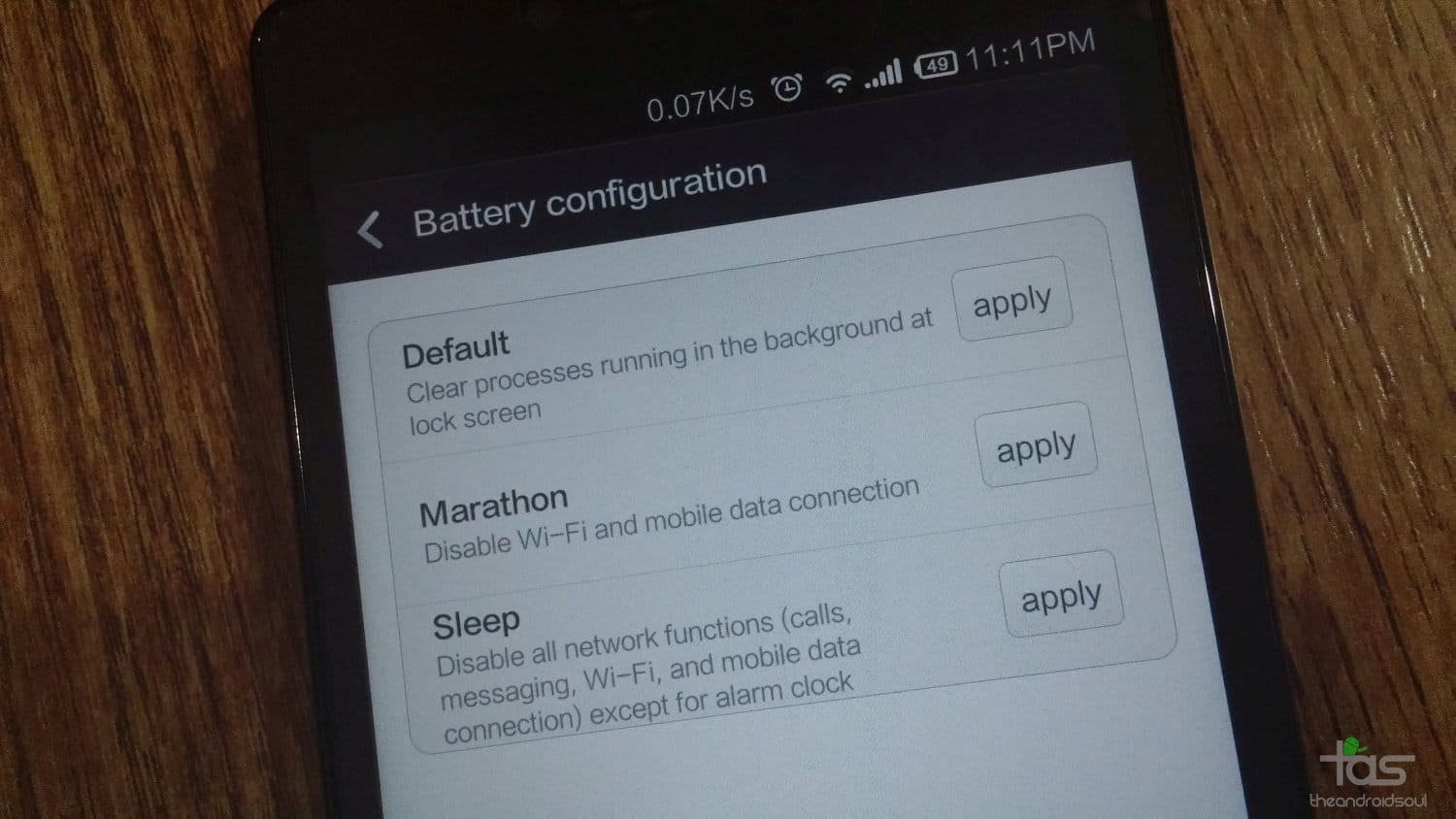
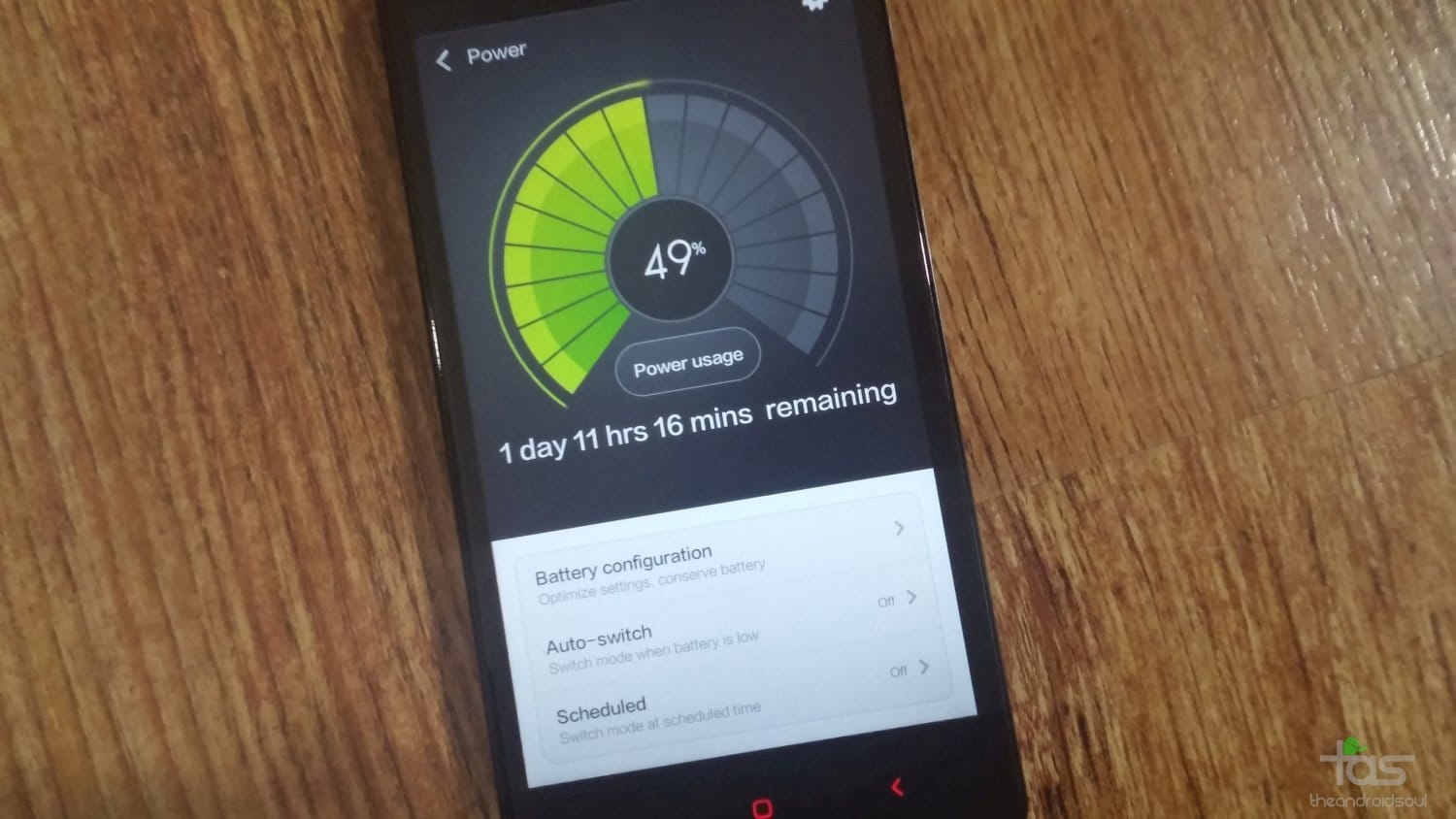
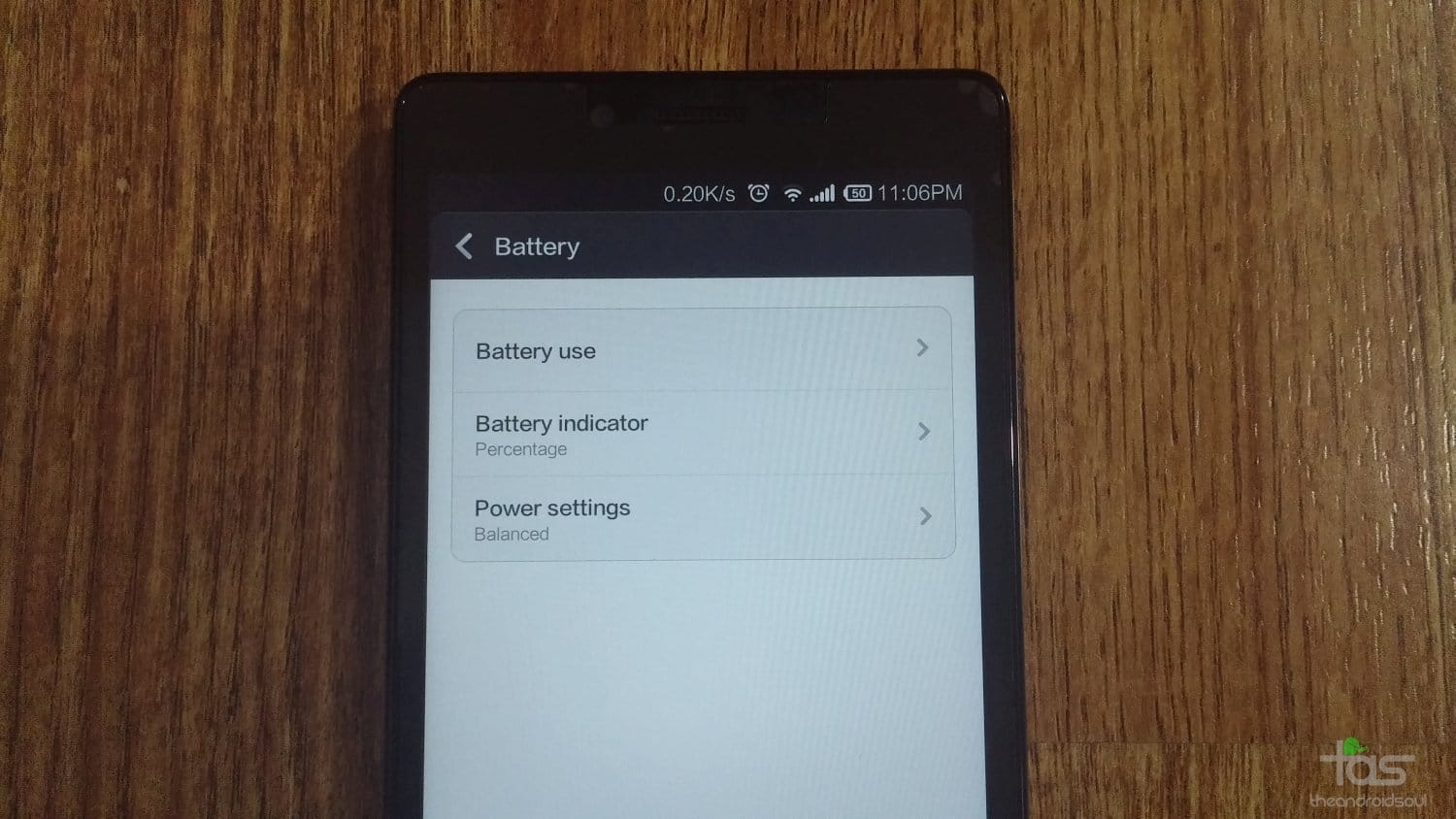
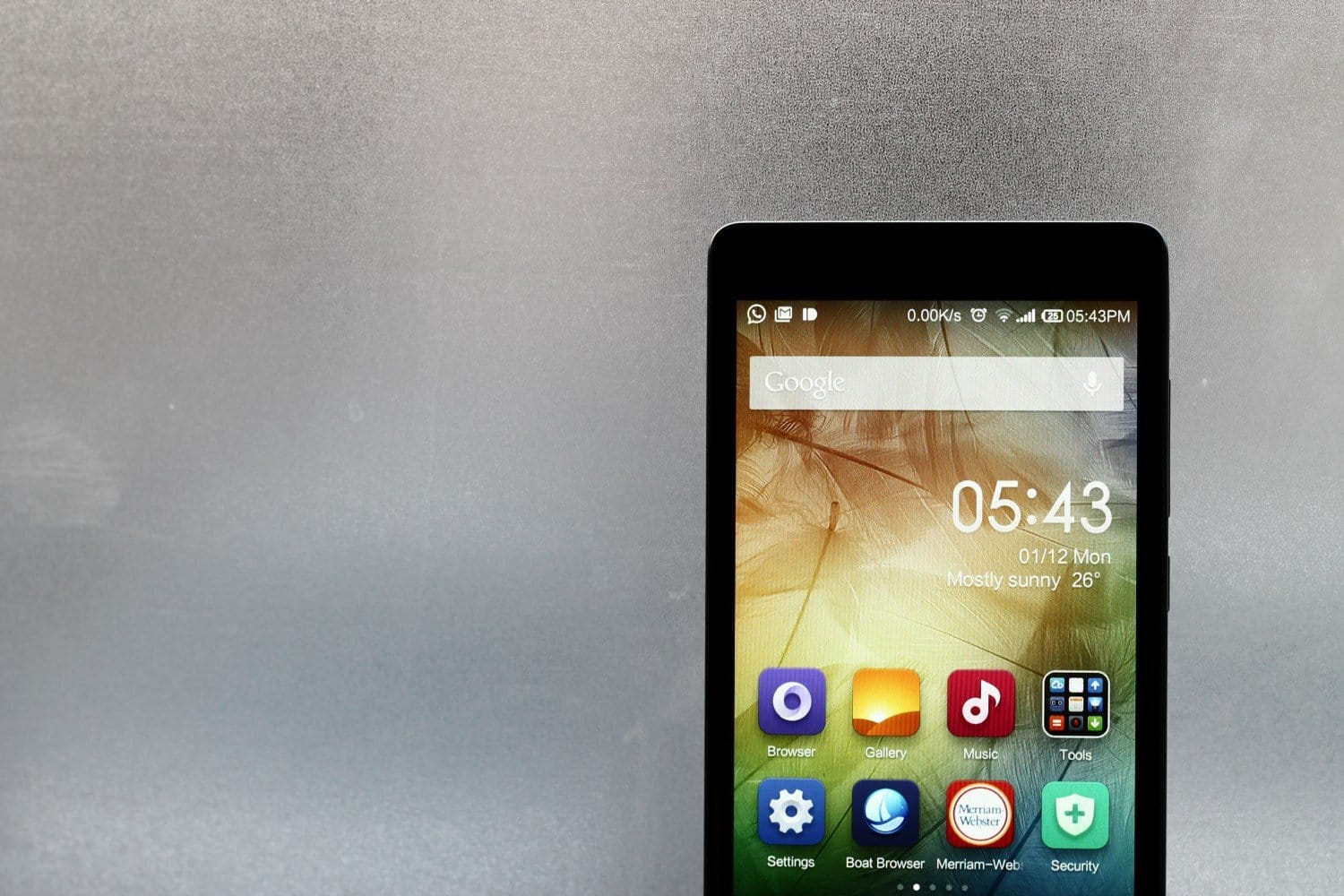
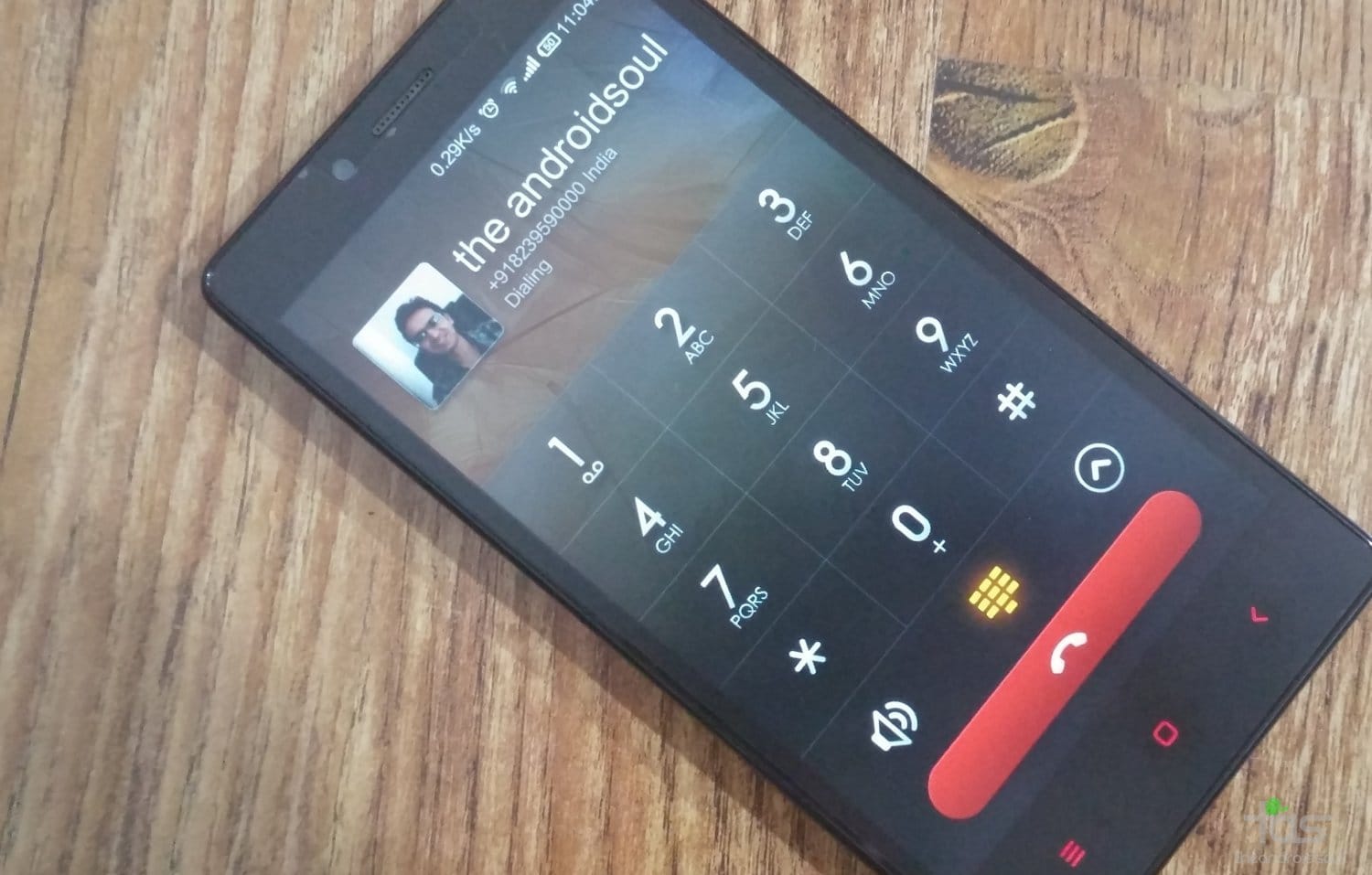
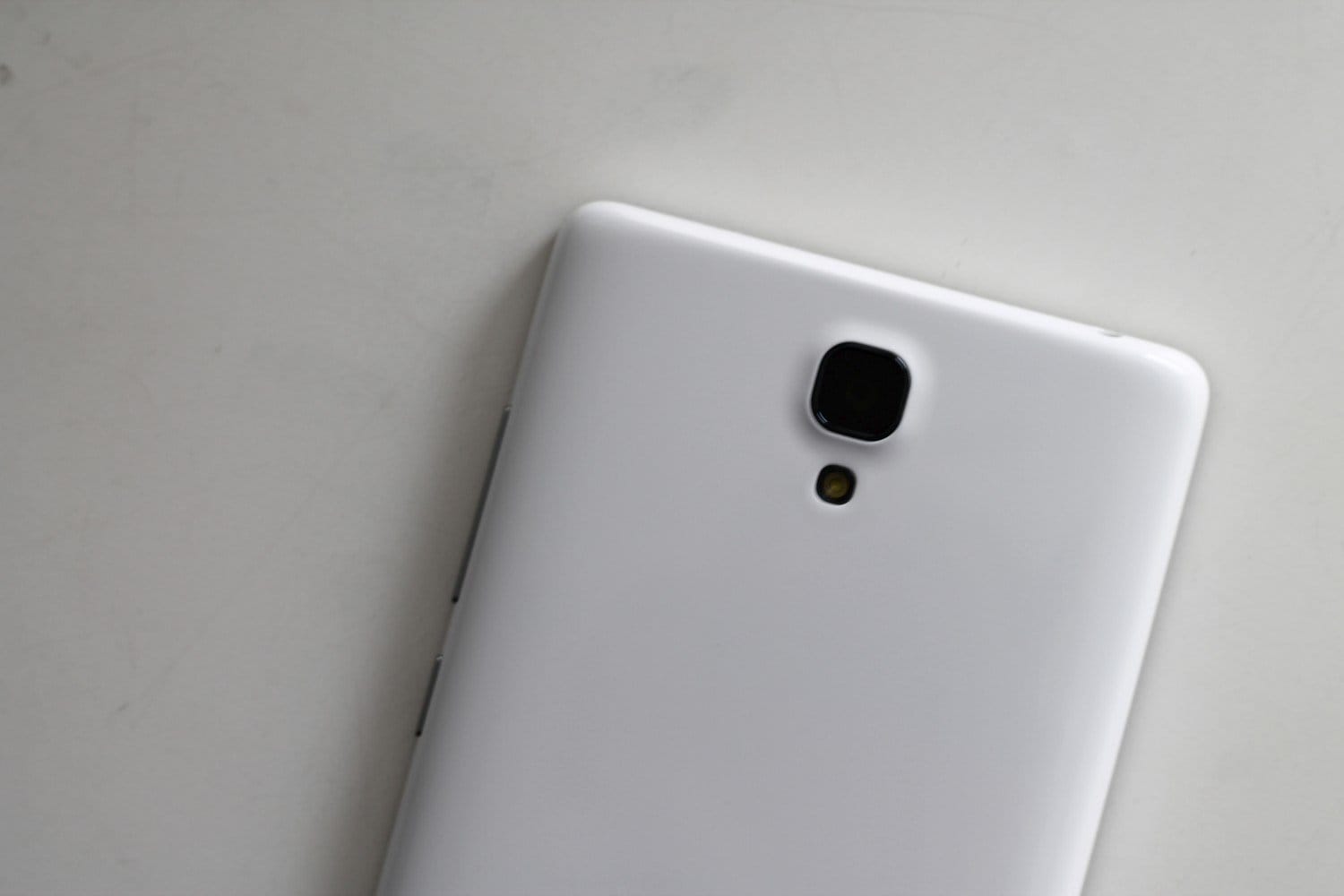
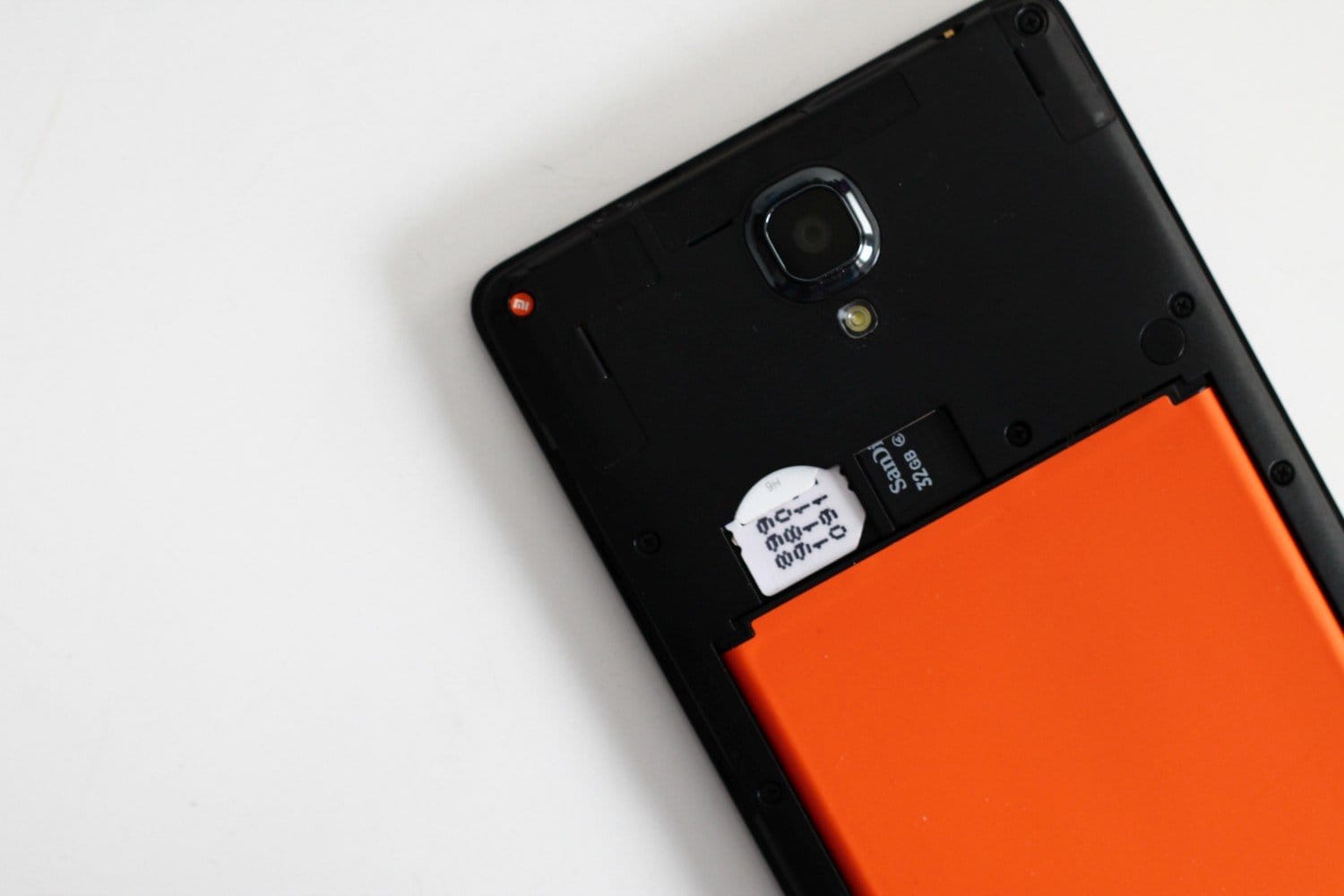
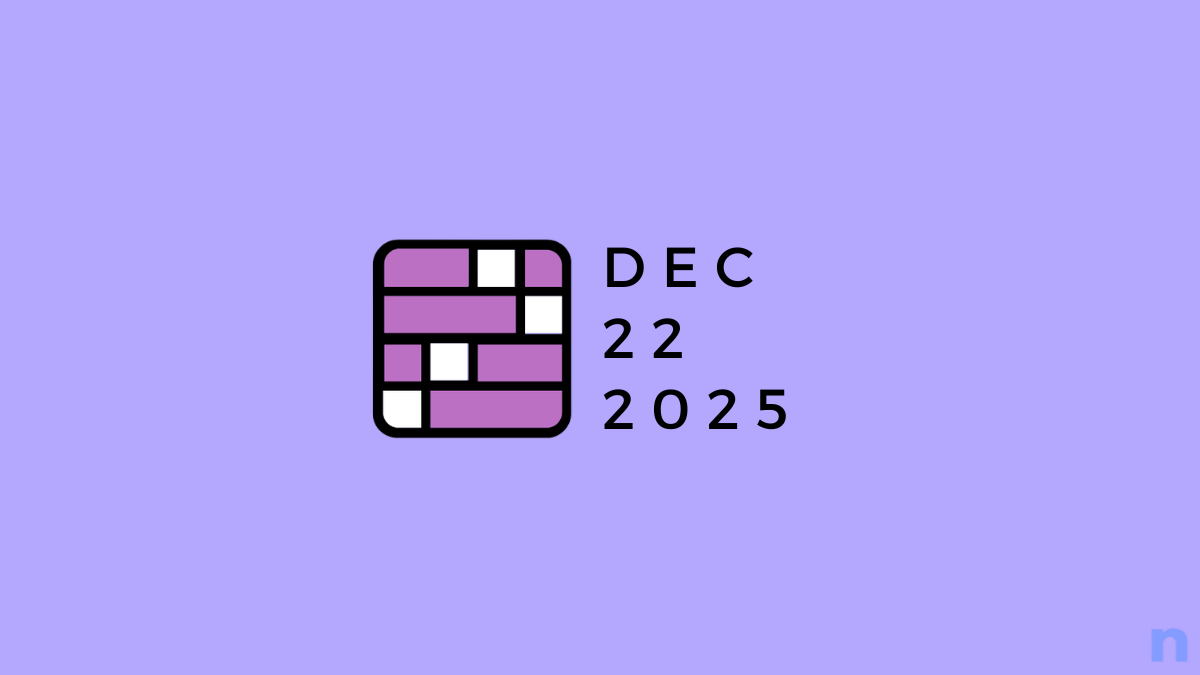



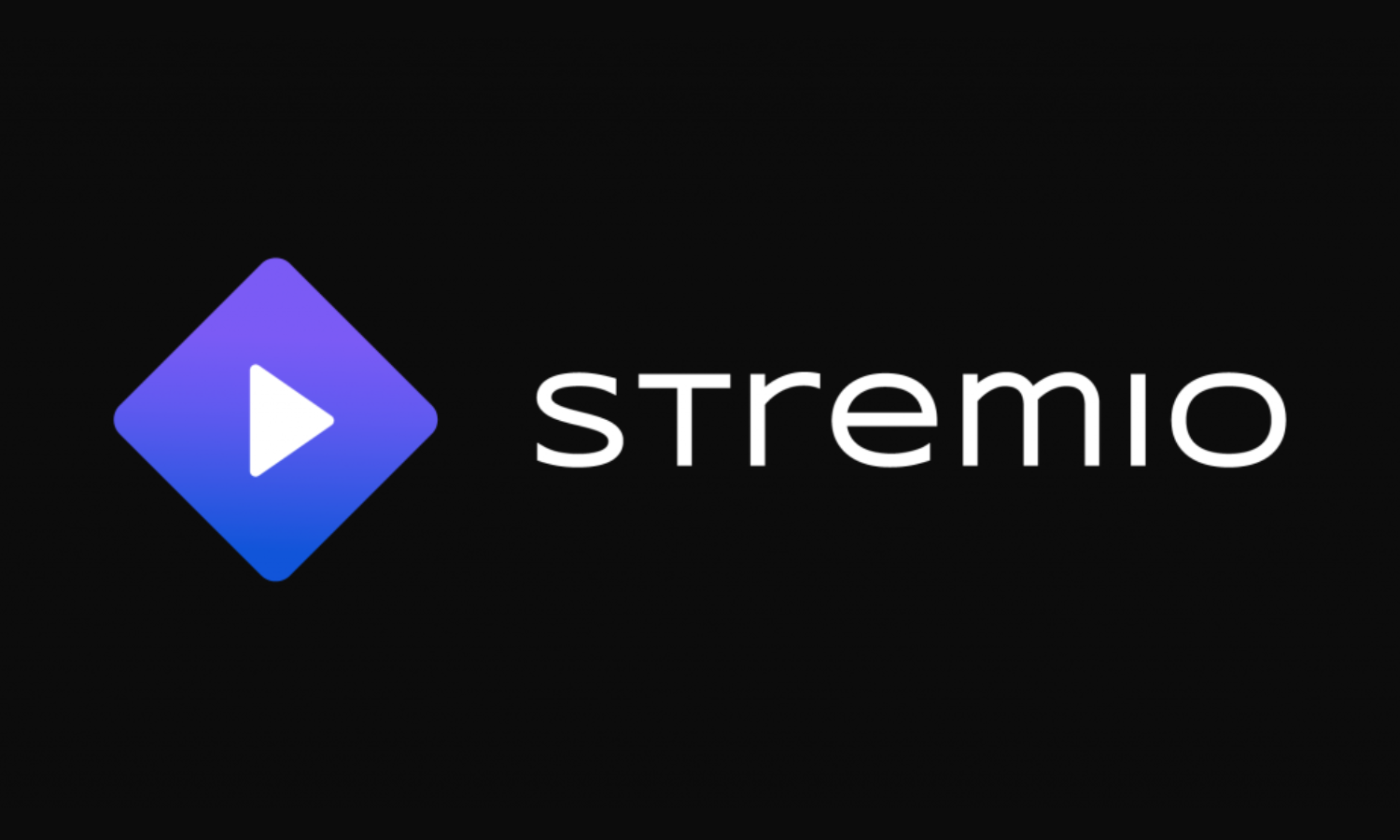
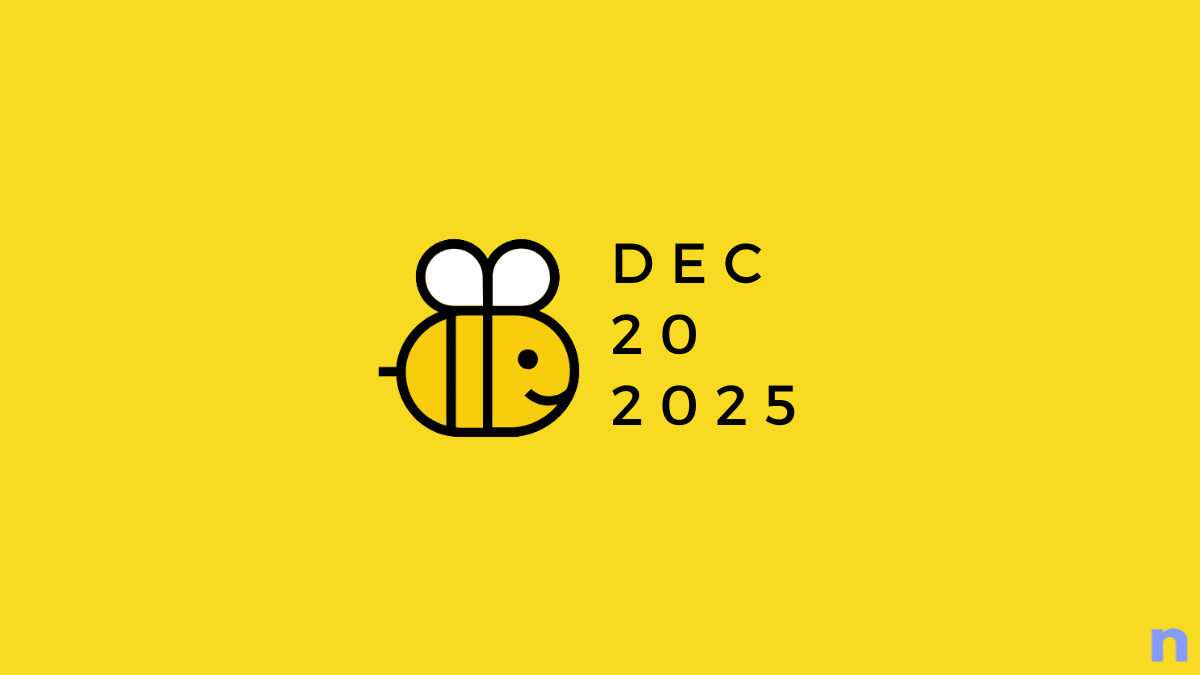



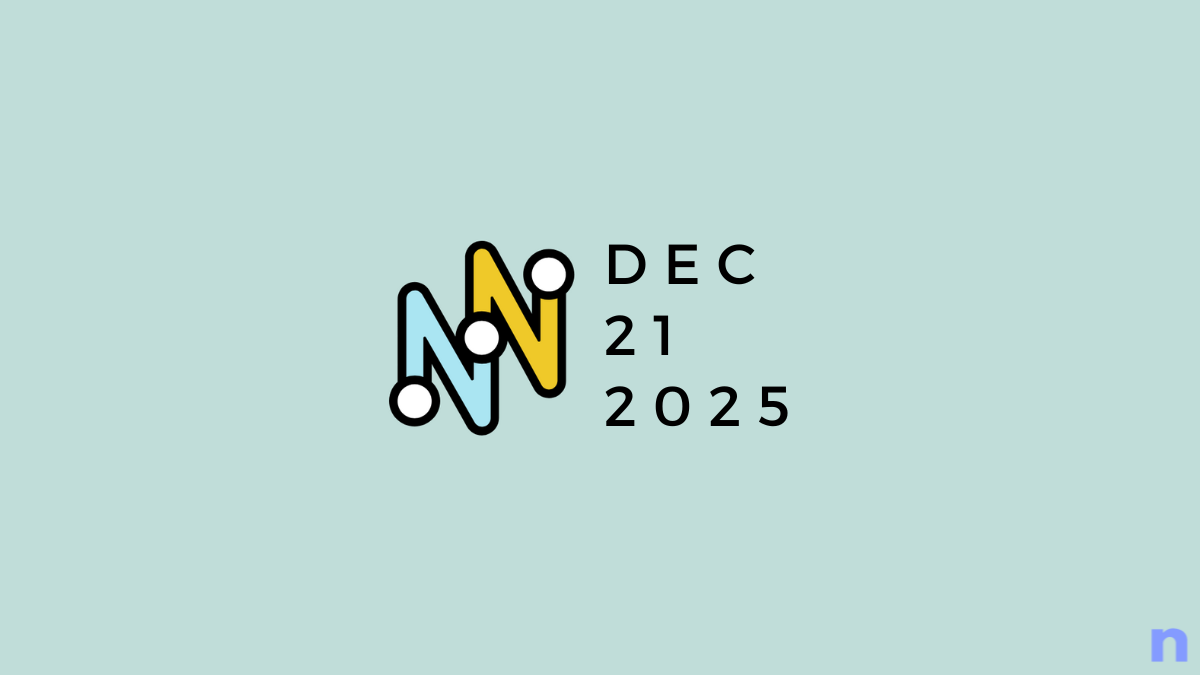

Discussion